Getting certified to become a coach used to take 2,000 hours of coaching before being evaluated by a panel of experts. Today, anyone can call themselves a coach. We reached out to get Bernice Ross’s read on the coaching industry, the pandemic and what agents should be doing right now.
Blog
Social media users expressed alarm at photos of a studio in England recently listed for the equivalent of about $166,824 when they saw the bed arranged in a precarious position perched above what looks like a stairwell.
TERRITORIANS need to earn an annual wage of just $30,000 to afford a home in one of the Top End’s most popular suburbs, according to new data.
New Finder analysis of CoreLogic data calculated the salaries required to service house loans in the Top End and found the top 10 suburbs that had the biggest salary drop across a three-month period.
Family suburb Zuccoli experienced the largest decrease of $27,218, with buyers requiring an annual wage of $30,119 to service a property loan.
Next was Katherine with an average wage of $37,994, a drop of $4836 across three months, followed by Driver with an average salary of $46,975 needed to service a property loan.
Real Estate Institute of the Northern Territory (REINT) chief executive Quentin Kilian said given the increased affordability in suburbs such as Zuccoli, which went from a median sales price of $670,000 in March 2016 to $447,000 in June 2020, it was a smart time to buy.
“If you’ve got the opportunity to buy into those suburbs because of the lower interest rates and the availability of stock and the fact that median price has come off so dramatically in the last five years, it points to more reasons to be buying rather than sitting on the fence,” he said.
MORE NT REAL ESTATE NEWS
Prime time to sell property, if the price is right
Mr Kilian said because the market was so volatile, Territorians considering buying should act now before prices increased.
“The indicators are all there to say that if you have been considering a purchase, whether it’s for residential living or whether it’s for residential investment, all of the factors are pointing in your favour to do it right now,” he said.
LIMITED TIME: New NT News subscription offer: $1 a week for the first 12 weeks
Finder insights manager Graham Cooke said with low interest rates and widespread housing affordability, it was the perfect time to buy.
“With the cash rate at an all-time low and not likely to move any time soon, there has never been a better time for borrowers to reduce their repayments or for first-time buyers to get on the housing ladder,” he said.
The post Revealed: What salary you need to buy into 10 popular Top End suburbs appeared first on realestate.com.au.
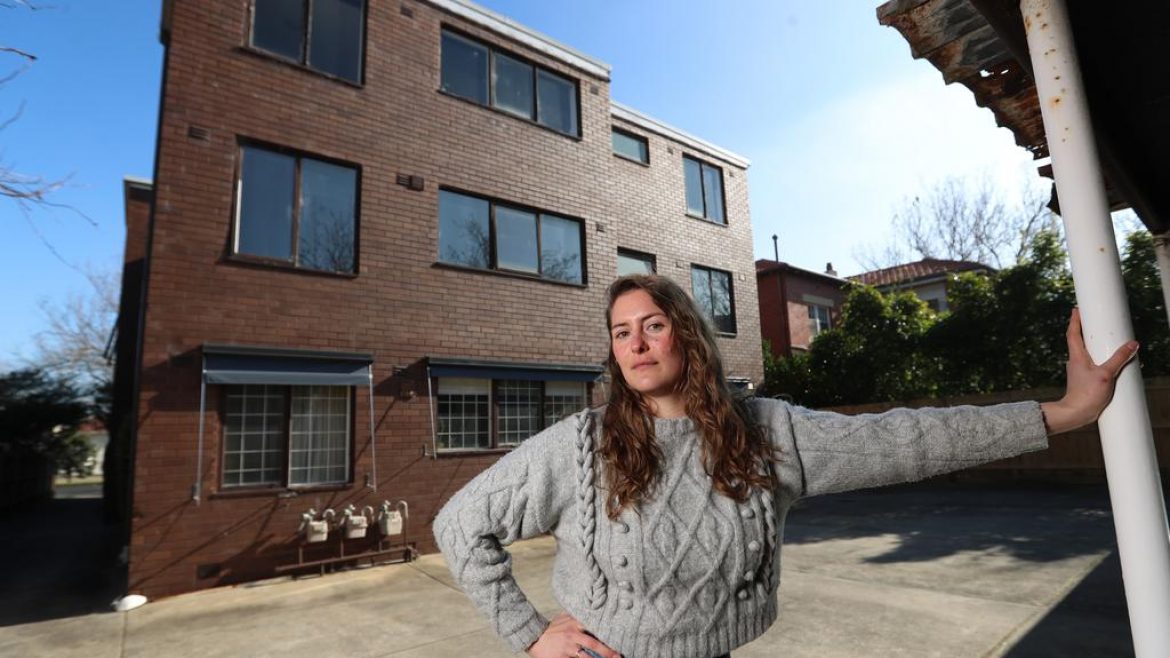
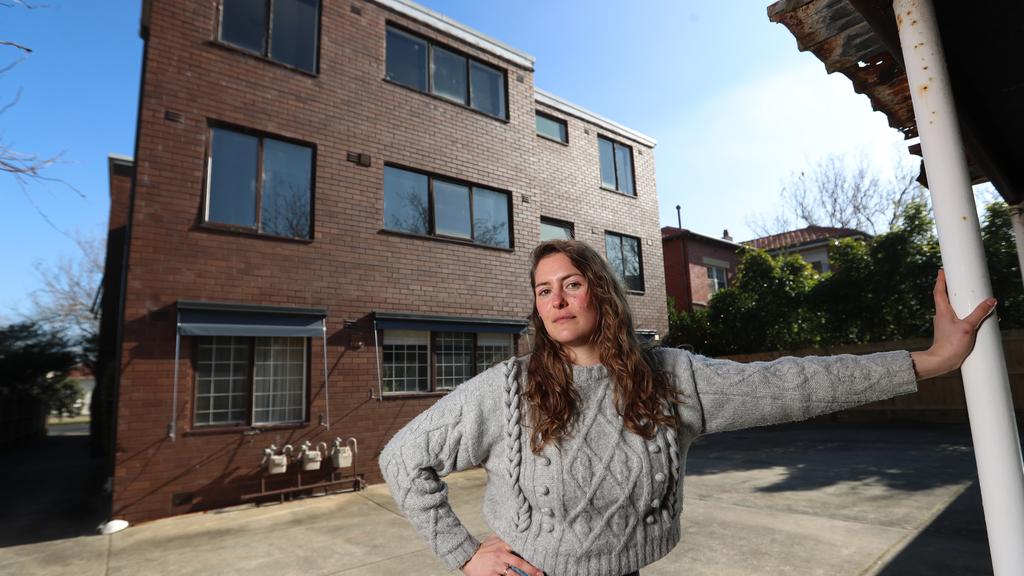
Ripponlea tenant Courtney Windross lost her job at a local restaurant due to COVID-19. Picture: Alex Coppel
The looming cut to JobSeeker is a “ticking time bomb” for low-income tenants, who face being priced out of the private Melbourne rental market if the payment returns to pre-coronavirus levels.
Just 84 rental homes across greater Melbourne are affordable for singles relying on the current JobSeeker rate of $1115 a fortnight, according to Anglicare Australia. This equated to 0.3 per cent of the 25,293 listings analysed.
That number will plunge to 15 (0.1 per cent) if the federal government slashes JobSeeker to $815 from September 25 as planned, and five (0 per cent) if the payment returns to its pre-pandemic fortnightly rate of $565 as is on the cards from December 31.
RELATED: Coronavirus exposes ‘chronic shortage of social housing’ in Victoria
Struggling Melbourne tenants ignored by landlords
Melbourne inner suburbs become renter’s markets, but affordability plunges for some
Anglicare is urging the government to permanently raise welfare payments.
It found affordability for low-income tenants had deteriorated since the pandemic struck in March, despite the boost to welfare and a rush of new listings triggering rental price declines.
Anglicare Australia executive director Kasy Chambers said the price falls had been concentrated at the higher end of the market, not the lower end, and coronavirus-related hardship had also fuelled more competition for lower-cost rentals.
New Treasury analysis showed almost 30,000 Victorians had started receiving unemployment benefits since the end of June, as a result of the devastating second wave.

Low-income Melbourne renters will “struggle to stay out of homelessness” if JobSeeker is reduced, Anglicare Australia says.
“Even when jobs start reappearing in Victoria, the level of underemployment is going to be huge,” Ms Chambers said.
“If the plans (to reduce JobSeeker) go ahead, many people across greater Melbourne are going to struggle to stay out of homelessness.
“If they are able to, they’re likely to do so by making decisions about the quality and quantity of food they can get their families. We hear of two-minute noodles becoming a staple.
“This is a ticking time bomb. We must raise these payments for good.”
Ms Chambers said governments also urgently needed to address Victoria’s gaping shortfall of 102,800 social housing and affordable rental properties, and continue supporting struggling tenants and landlords through the pandemic.
Anglicare also found a family of four with two adults on the current JobSeeker could afford 1255 rentals across Melbourne (5 per cent). That would plummet to 102 (0.4 per cent) with JobSeeker’s looming cut, and nine (0 per cent) with a return to the pre-pandemic rate.
For a single JobSeeker recipient with a child aged above eight, the numbers were five, one and one respectively.
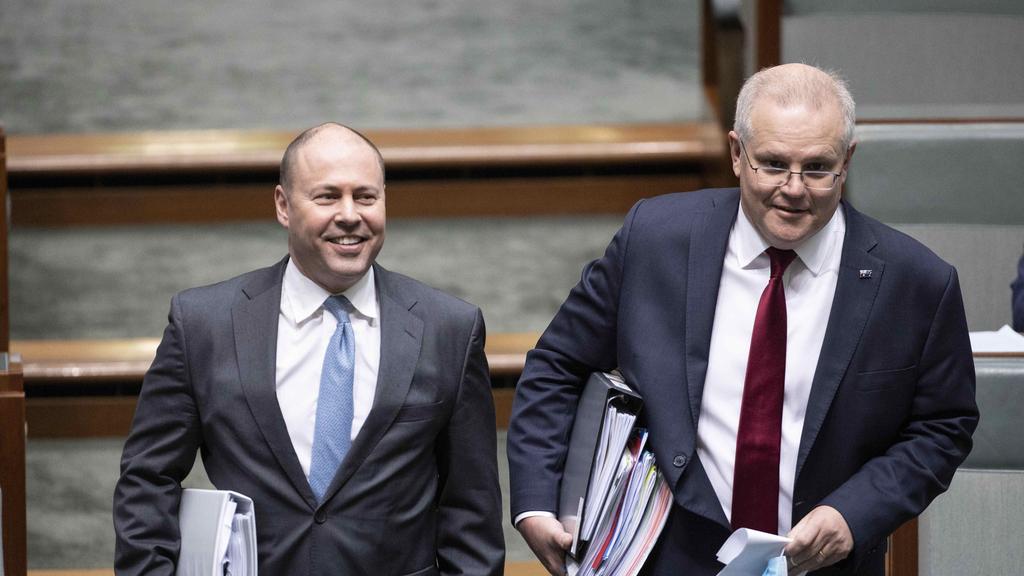
Prime Minister Scott Morrison and Treasurer Josh Frydenberg added a coronavirus supplement to JobSeeker in March, but Morrison’s government now plans to cut that supplement. Picture: Gary Ramage, NCA NewsWire
Tenants relying on the age pension, disability support pension and youth allowance also had slim pickings.
For minimum wage earners, 3207 Melbourne rentals (12.7 per cent) were achievable for double-income households with two children, 121 (0.5 per cent) for single-income households, and 61 (0.2 per cent) for single-income households with two children.
The report follows the Community Housing Industry Association, National Shelter, and Homelessness Australia joining forces to urge the federal government to invest $7.7b in building, acquiring and renovating social housing, to create much-needed homes and construction jobs to assist Australia’s COVID-19 recovery.
Homelessness Australia chair Jenny Smith warned homelessness would “skyrocket” without government intervention, due to growing unemployment levels and impending welfare cuts.
Meanwhile, the Victorian Government has announced it will offer to move high-rise public housing tenants at the greatest risk from coronavirus into private rentals as part of a $31.7m Tower Relocation Program.
The government said it would lease up to 420 private rental properties for two years as part of the program, which was designed to reduce coronavirus transmissions and open up social housing supply for Victorians.
MORE: Victorians tackle most home renovations, filling footy gap
Movie-length online auction goes $90k past reserve
Melbourne home values to be worst hit by COVID-19
The post JobSeeker cut will hurt low-income Melbourne renters: Anglicare appeared first on realestate.com.au.
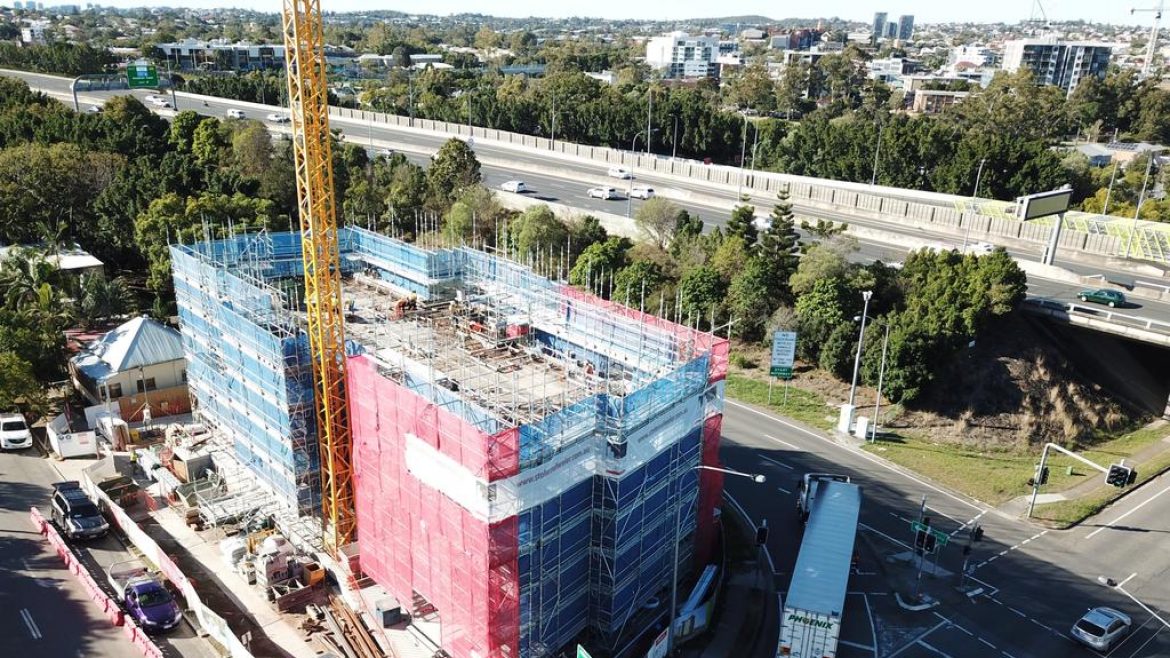
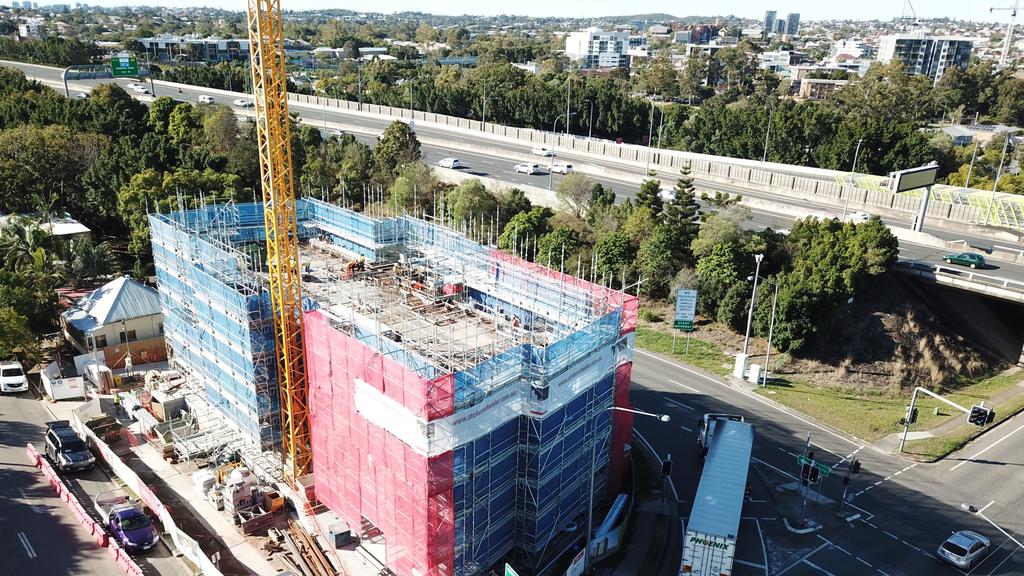
More affordable housing projects like this one on Cornwall Street, Woolloongabba, are needed for Queensland.
Demand for affordable housing in Australia is expected to almost double in the next 16 years with the workers whose jobs have been listed as essential during the COVID-19 pandemic among the most at risk.
Brisbane Housing Company chief executive Rebecca Oelkers has told the Committee for Economic Development of Australia that a stimulus package for social and affordable housing, similar to the one that helped Australia recover after the Global Financial Crisis, is needed to stop the number of people looking for affordable housing soaring from its current level of 400,000 to 730,000.
Developers give graffiti art and books the green light
She said in 2008 the Federal Government spent $5.2 billion on social and affordable housing, which equated to 19,500 new houses and 80,000 home refurbishments.
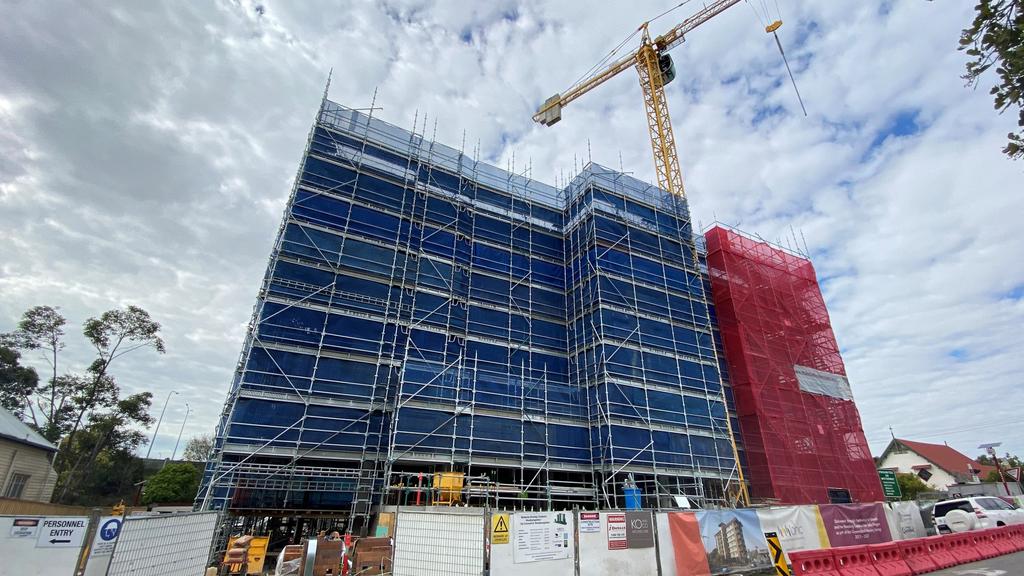
The construction site in Woolloongabba.
The Community Housing Industry of Australia, of which Ms Oelkers is deputy chair, has put forward a $7.3 billion Social Housing Acceleration and Renovation Program, which would lead to 30,000 new affordable housing dwellings being constructed.
She said institutional investors also needed to see affordable housing as a long-term stable project in which to invest superannuation funds, instead of going overseas to potentially fund affordable housing in other countries.
“This is an issue the whole community needs to get behind,” Ms Oelkers said.
“Are we OK with 116,000 homeless people and 400,000 people who can’t put food on the table for their families?
“They are our key workers, assistants in nursing, teacher aides, the cleaners, the coffee makers, the people cleaning our hospitals, there’s so many people doing really good jobs but low paid jobs. They spend 50-70 per cent of their household income each week on rental costs and at the end of the day that’s not sustainable. There’s no money for school books or food.”
In the inner-Brisbane suburb of Woolloongabba, Brisbane Housing Company and Stoke Wheeler builders are working on an eight-storey affordable rental complex on Cornwall Street.
“We’re using surplus government land where it was going to be hard to do any other kind of development and we are building 32 units,” she said.
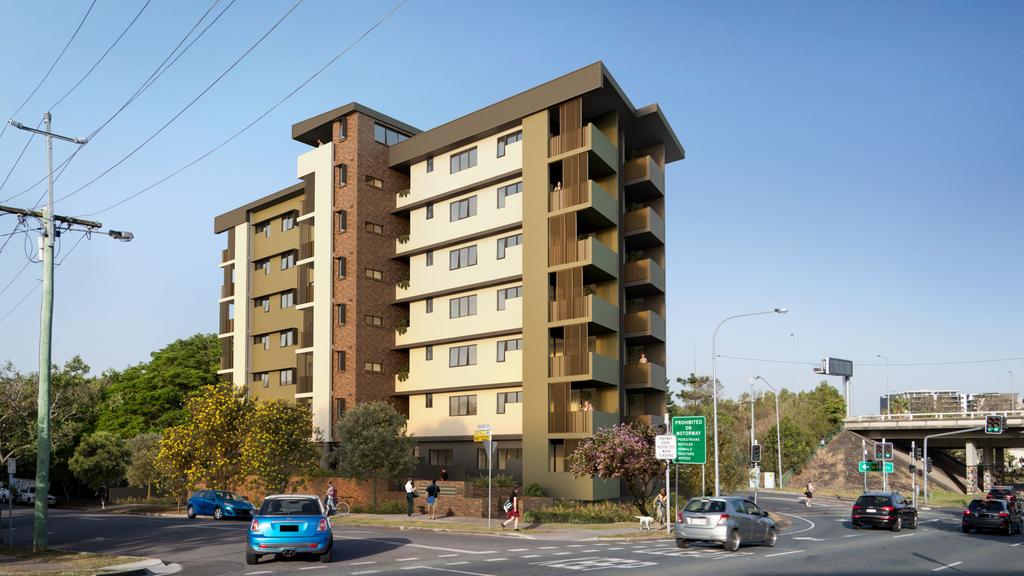
An artist’s impression of the Cornwall Street development at Woolloongabba.
Five of the units are being built in partnership with the Brisbane Youth Service for young people, and the others will be offered to key workers who are struggling to make ends meet.
“The provision of affordable housing is the fabric of Australian society, what kind of society do we actually want to have? At the moment, this gap is not an insurmountable gap.”
The state government announced a
$24.7 million immediate response fund to help with housing support in the wake of COVID-19. A Works for Tradies program is providing 215 social housing units across Queensland, and builders, developers and councils are encouraged to apply for a Building Acceleration Fund for works that will provide long-term employment in the construction industry.
Ms Oelkers welcomed the measures but said the current crisis needed an additional investment.
“The problem is so huge and right now is the time for government to spend and stimulate the economy.”
The post Demand for affordable housing set to soar appeared first on realestate.com.au.
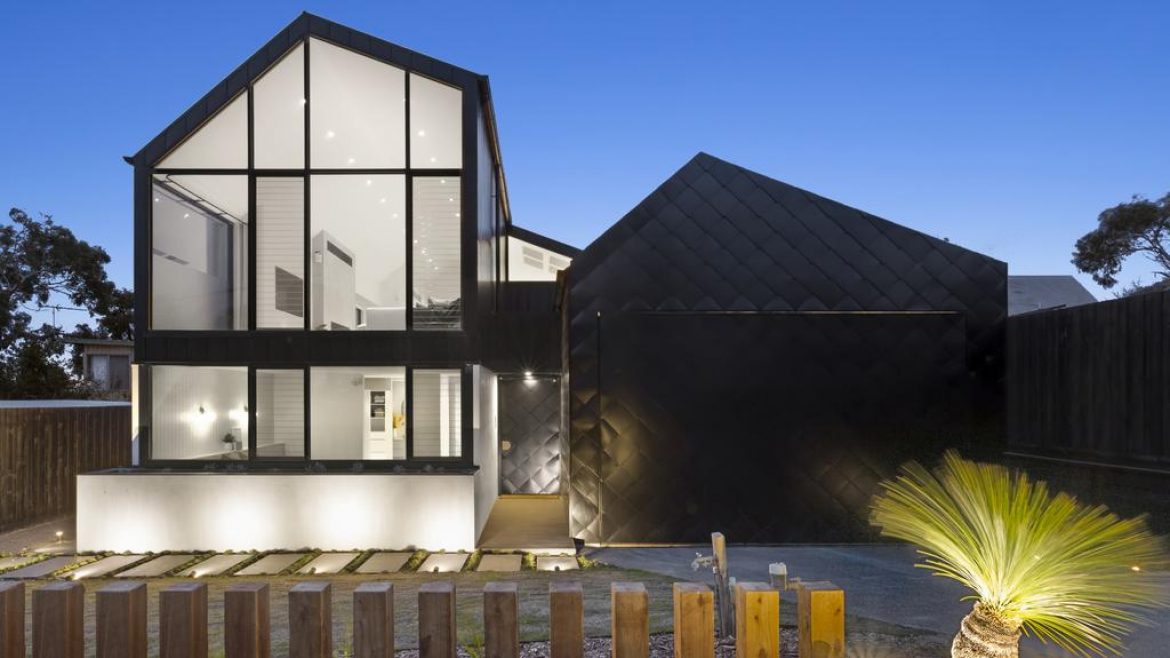
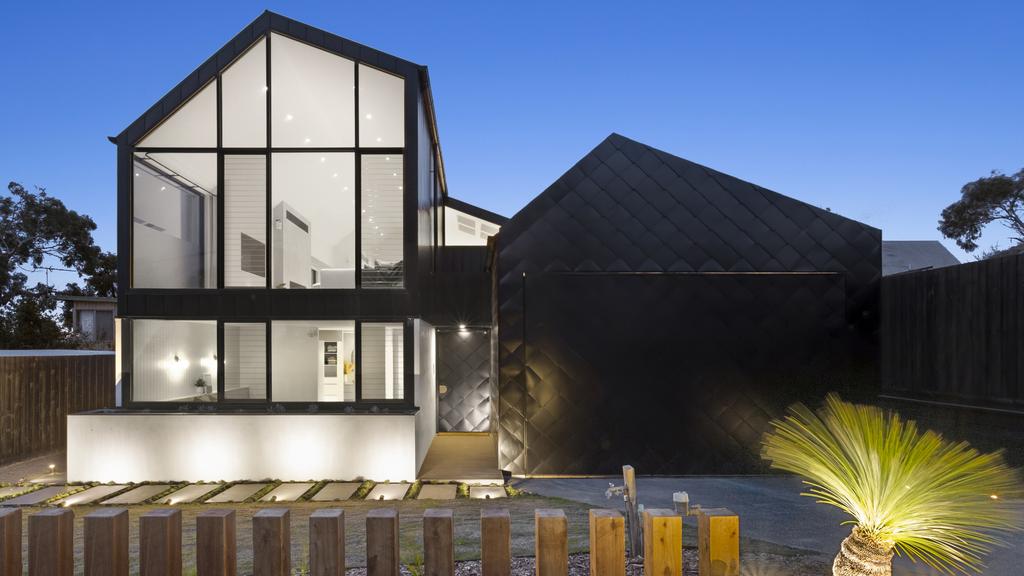
11 Asbury Street West, Ocean Grove sold in a week, dashing the hopes of interested buyers locked down in Melbourne.
California-based buyers on a well-timed trip back to Australia have pounced on Ocean Grove’s ‘dragon scale’ house just a week after it hit the market.
They paid $2.2m for the striking modern builder’s own home with a swimming pool and treetops views at 11 Asbury Street West.
Fletchers, Queenscliff agent Liam Rock said the unusual design, featuring bold black steel shingles, attracted a lot of attention.
RELATED:
Wave of city-slickers to hit Geelong
Alistair Knox mud brick house sells at Anakie haven
Geelong waterfront house smashes reserve by $365K
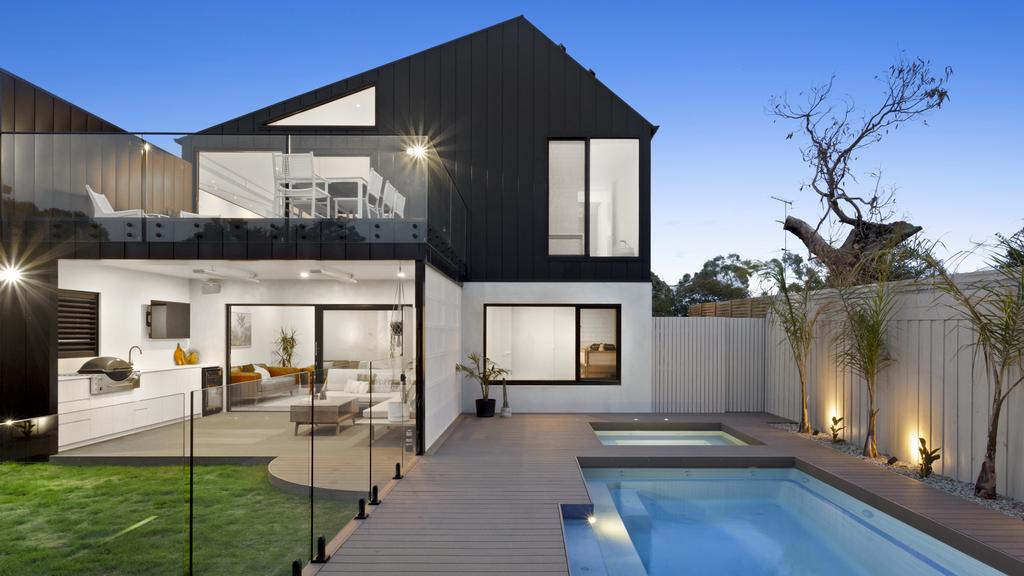
Entertain by the pool and spa.
But the quick sale dashed the hopes of many Melbourne buyers who had hoped to inspect it once stage 4 restrictions were lifted.
Mr Rock said the US-based expats had friends and family in the area and happened to be in town on the eve of the campaign launch.
He said they had since returned to California and planned to the use the three-bedroom house as their Australian base.
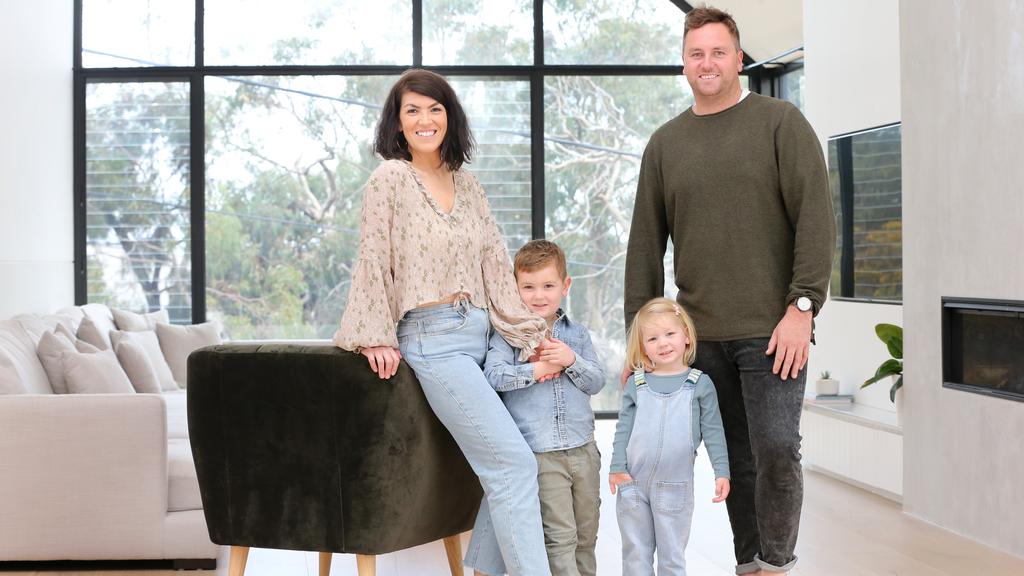
Jess and Sam Van Deuren, with children Otis, 4 and Lexi, 3, built the house in sought-after old Ocean Grove. Picture: Peter Ristevski
“We had a lot of inquiry, as you would expect a lot from Melbourne, from people who can’t come down,” he said.
“In terms of the buyers it was a lot to do with the design and the layout and the location, that aspect with the treetops and river glimpses.”
Sam Van Deuren, from Vand Builders, and his wife Jess put the finishing touches on the two-storey house for their young family earlier this year.
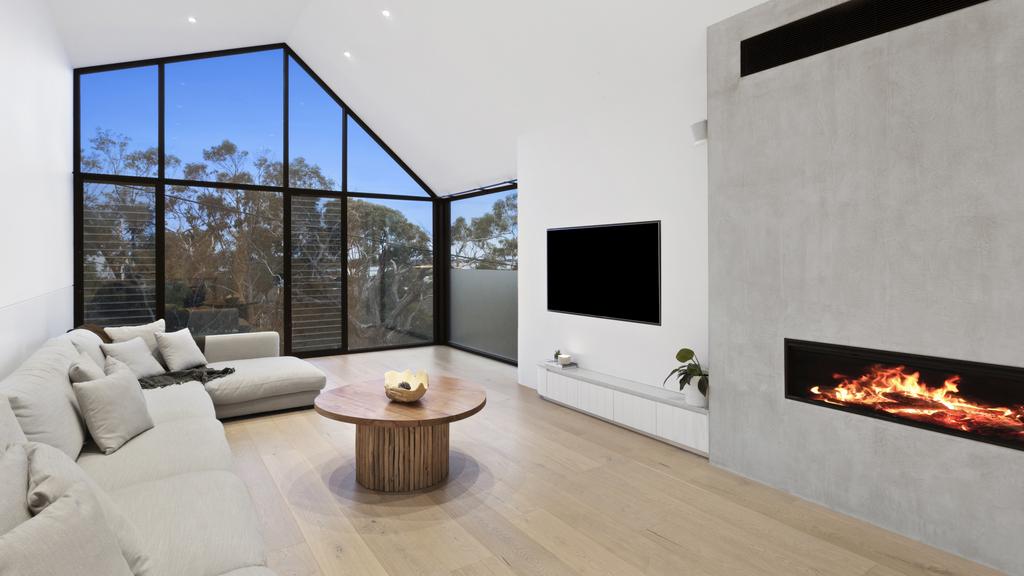
Architectural windows frame the treetop views.
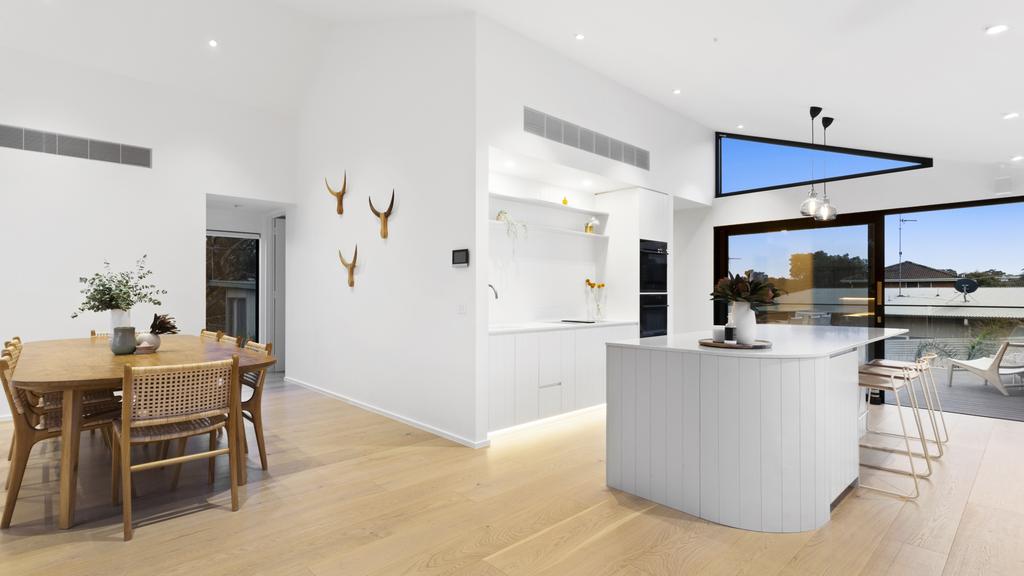
A curved bench features in the kitchen.
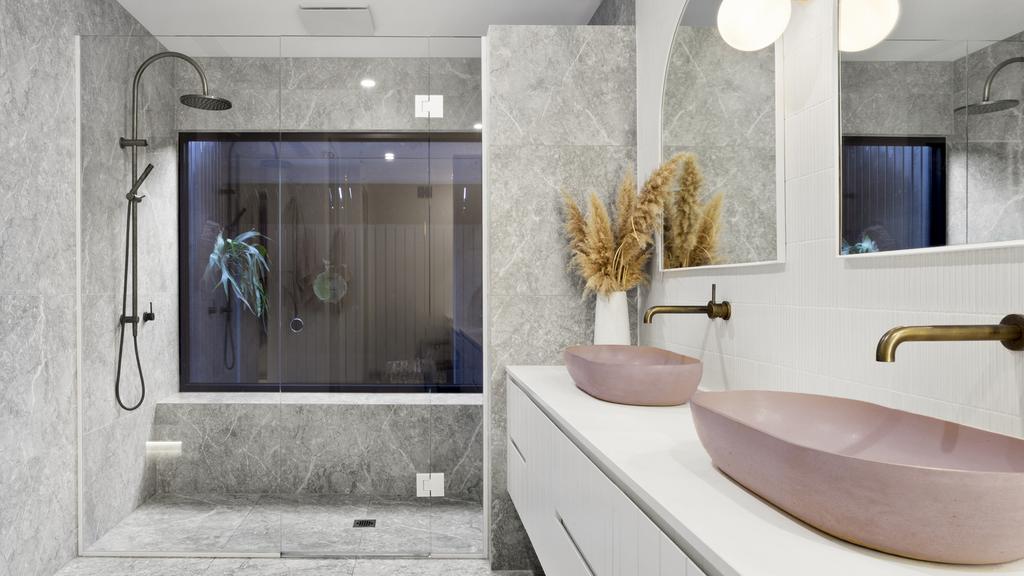
Concrete basins are a luxury touch in this bathroom.
The Holman Design home, dubbed Black Swell, features dual living and outdoor entertainment areas and a minimalist aesthetic with 4m high architectural windows and polished concrete and engineered oak floors.
“It definitely capitalised on the site and the location and the outlook,” Mr Rock said.
“They built something different which stood out, it’s beautifully done and it was a great result.”
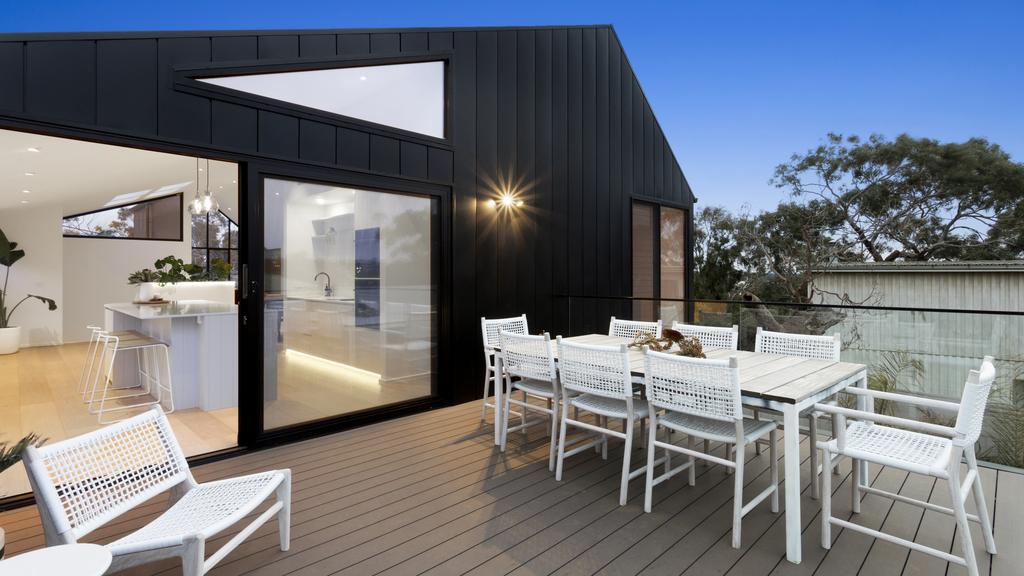
The north-facing balcony overlooks the backyard.
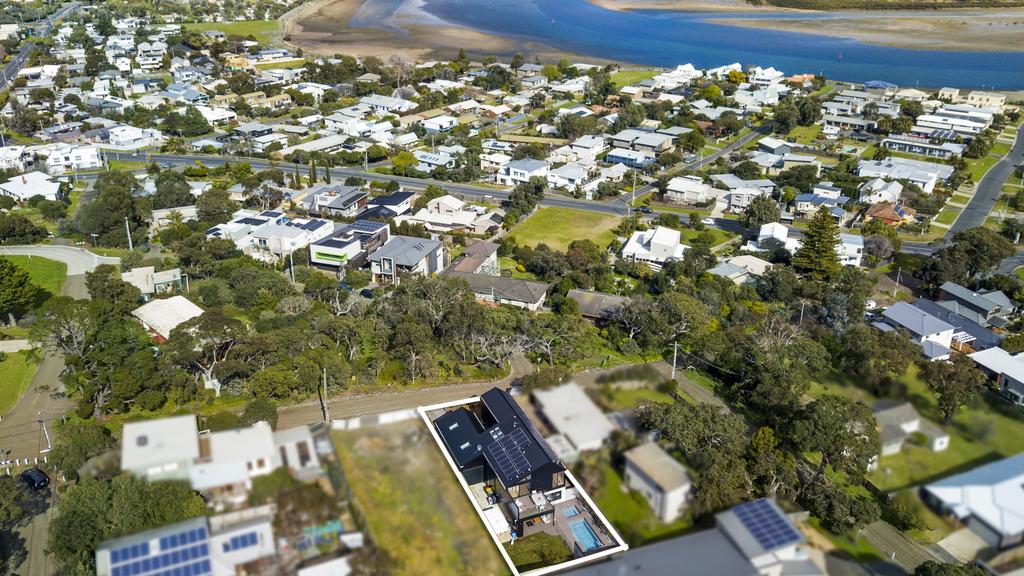
The property is walking distance to the Barwon River.
He said Ocean Grove’s property market, including high-end sales, had not slowed during current COVID-19 restrictions.
But he predicted a flood of Melbourne buyers once things were eased.
“We are still getting people inquiring about places,” he said.
“It gives people from Geelong and regional Victoria a chance not to have to compete with those Melbourne buyers.”
The post US-based buyers quick to snap up Ocean Grove ‘dragon scale’ house appeared first on realestate.com.au.
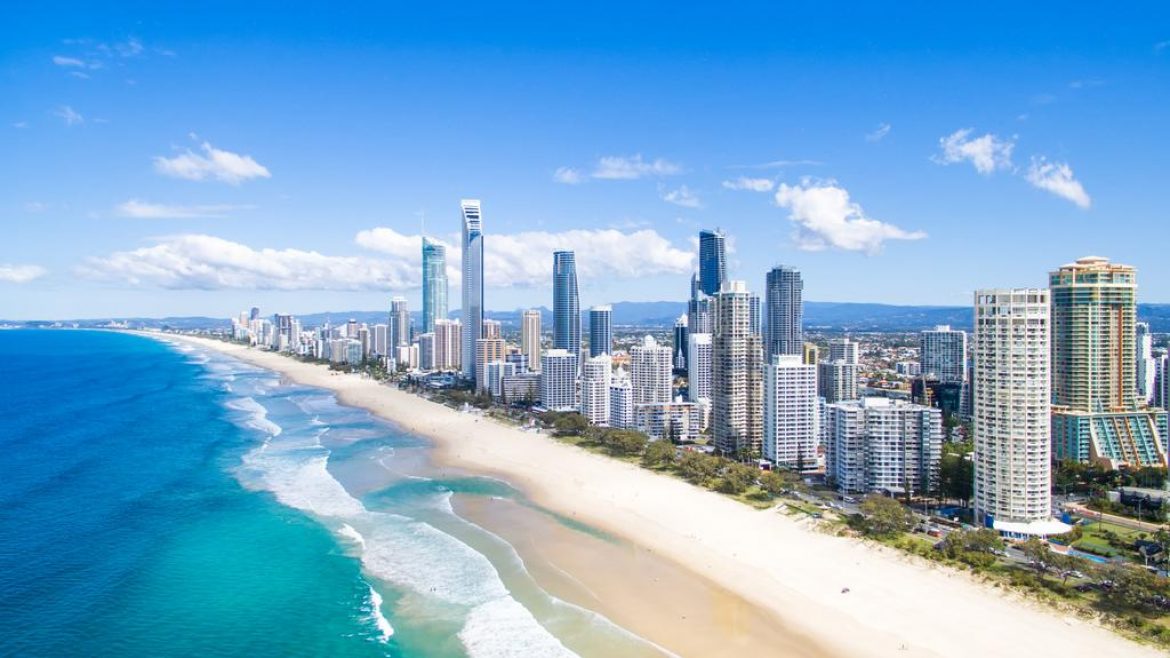
THE Gold Coast property market is in for a blooming spring despite the COVID-19 pandemic impacting real estate across the country, according to leading property experts.
Cashed-up interstate buyers are lining up for virtual property tours, while locals are hot on their heels in the hunt for their prized new home.
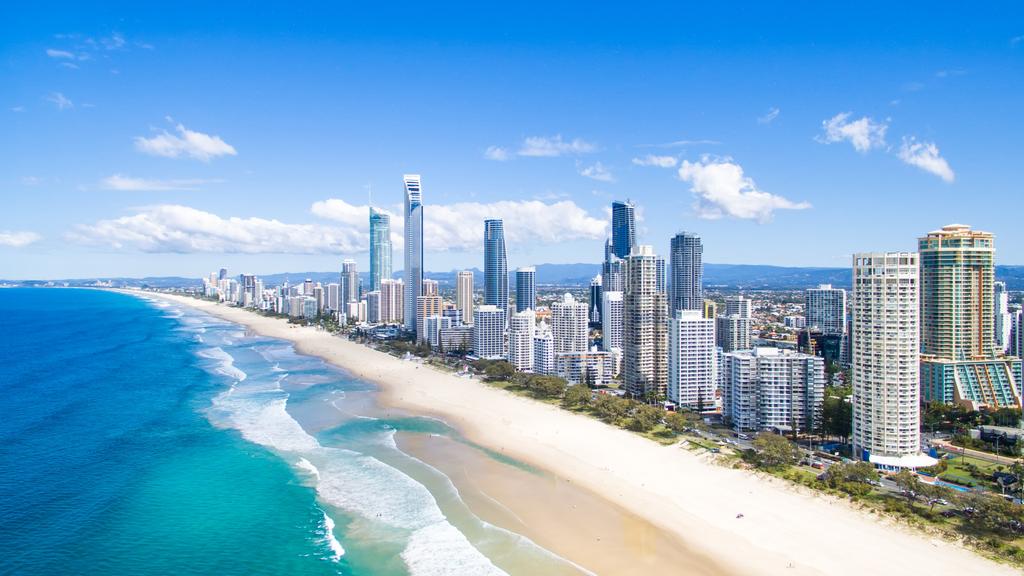
The Gold Coast property market is in for a blooming spring, according to agents.
MORE NEWS: Homesick expats crave a dose of green and gold
Luxury living hits new heights with garages in the sky
New research from realestate.com.au revealed Queensland property seekers are the most confident in Australia with the Gold Coast suburb of Tugun rated the top suburb for buyers in the state.
Harcourts Coastal Broadbeach director Dane Atherton predicted one of the best spring selling seasons in Gold Coast history.
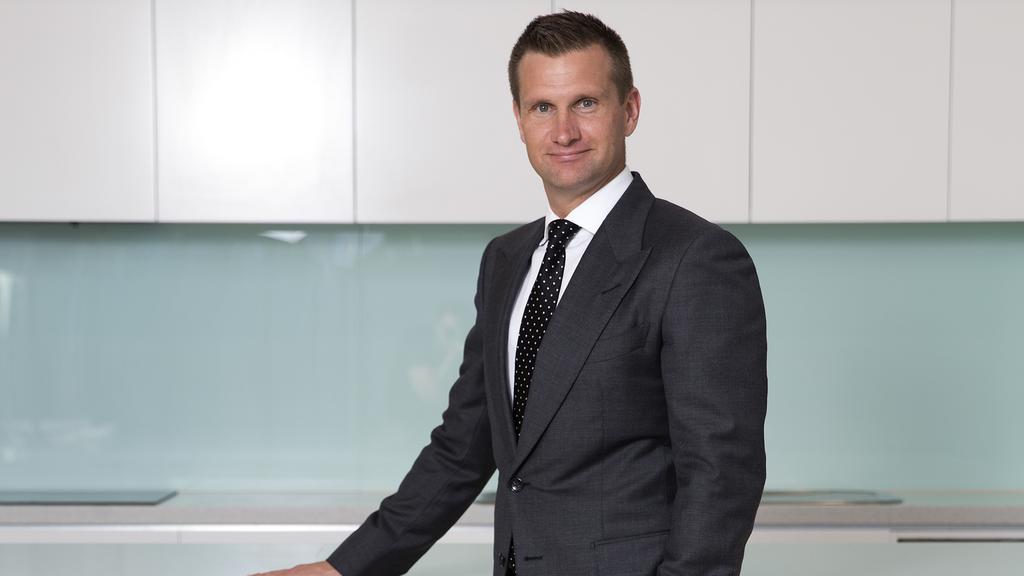
Harcourts Coastal Broadbeach director Dane Atherton say soaring trading in winter will lead to a continuation of an already extremely active market through spring. Photo: Jerad Williams
“This is a highly unusual market we’re in at the moment as traditionally in terms of turnover, May, June and July is the lowest quarter for Gold Coast property,” Mr Atherton said.
“Agents would be hanging out for that September spring selling season but what’s been amazing is that spring has almost been brought forward.
“We’ve experienced soaring trading in winter and what’s going to happen now is a continuation of an already extremely active market.”
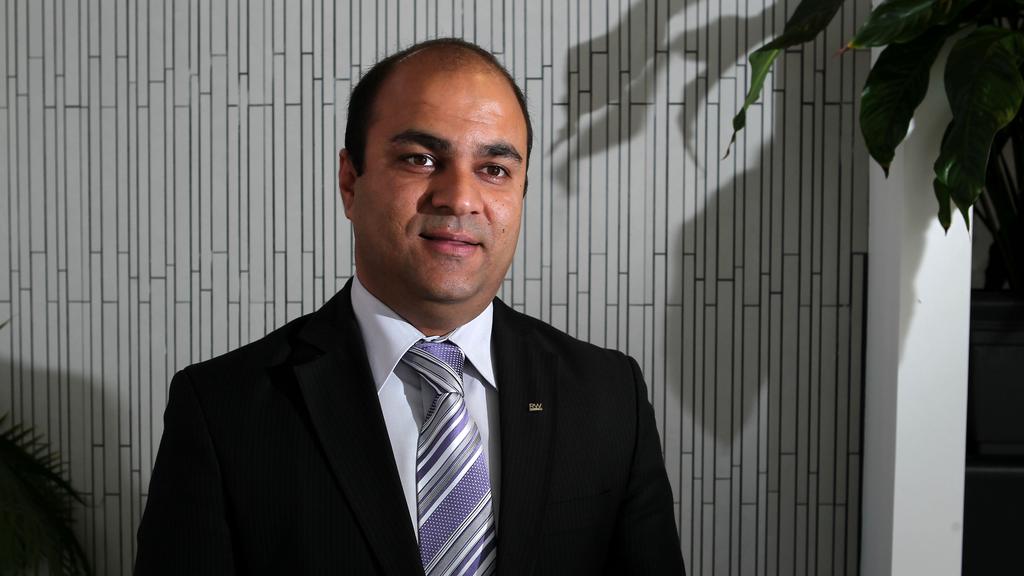
Ray White Real Estate Runaway Bay Group principal Ali Mian says the run of sales throughout winter had created a “frenzied market” going into spring.
Ali Mian, Ray White Runaway Bay Group principal, shared a similar view.
He said the run of sales throughout winter had created a “frenzied market” going into spring.
“The market got a good head start that we don’t normally see,” Mr Mian said.
“Usually winter is quieter for the property market but this year winter has produced some good numbers for us.
“The reason behind that was March and April were quiet so the whole cycle moved.
“A lot of those sellers who sold in winter are now wanting to buy something. It’s almost like a domino effect.”
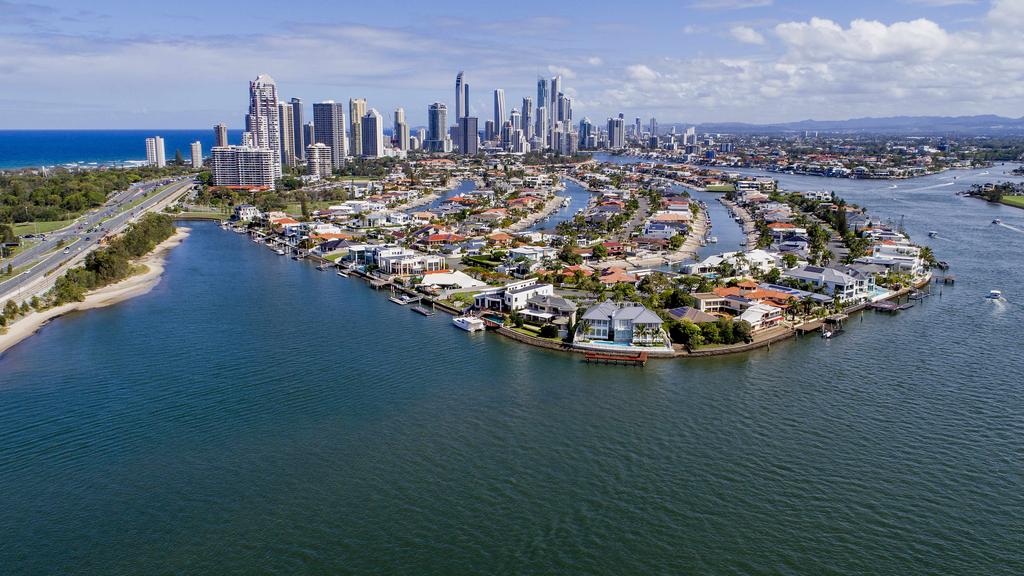
Buyers are expected to flock to the Coast this spring. Picture: Jerad Williams
He predicted an influx of local buyers as well as house hunters from Brisbane.
“I can’t see any reason why this spring won’t be a good spring for the property market on the Gold Coast,” he said.
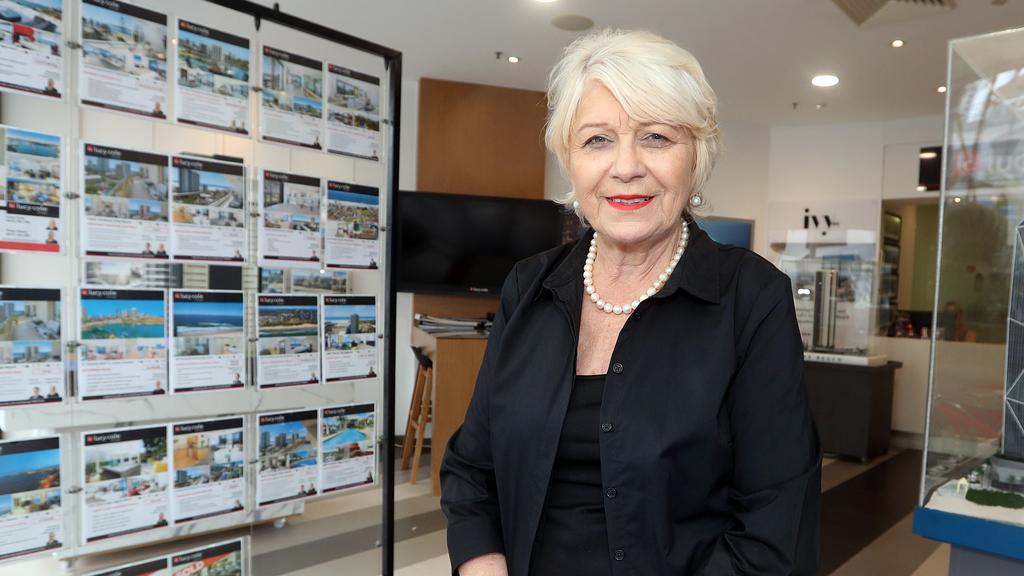
Lucy Cole, of her self-titled agency, says the local market will come to the forefront this spring. Photo by Richard Gosling
Lucy Cole, of her self-titled agency, also predicted a rush of local buyers to the market.
“This pandemic has brought to the forefront people who realise they want a sea-change or a country change,” Ms Cole said.
“There’s definitely a change in the spectrum of real estate.
“The interstate market has always been interested in the Gold Coast but I think the local market will really come to the forefront this spring.
“People still want to be here and the southeast Queensland market and in particular the Gold Coast is thriving.”

REIQ Gold Coast zone chair Andrew Henderson says property stock levels were expected to finally increase with a rush of sellers. Picture: Jerad Williams
REIQ Gold Coast zone chair Andrew Henderson predicted sellers would take advantage of the spring selling season.
“Historically, a lot of people see springtime as a good time to go to market,” Mr Henderson said.
“For us it’s probably more of a southern influence as the Gold Coast has got great weather all year round.
“We don’t have that dreary winter weather that prevents people getting out there to buy a property.”
Property stock levels were expected to finally increase with a rush of sellers, he said.
“I think you will see a spike as there hasn’t been a lot of choice for buyers,” Mr Henderson said.
The post Gold Coast real estate market in for a blooming spring appeared first on realestate.com.au.
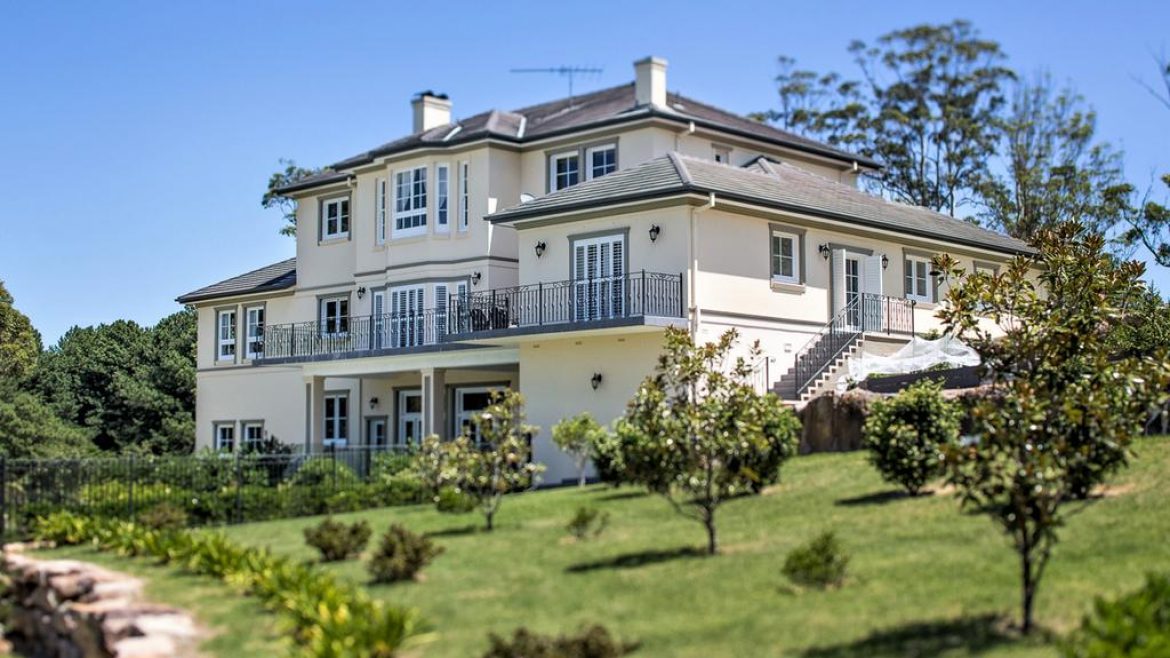
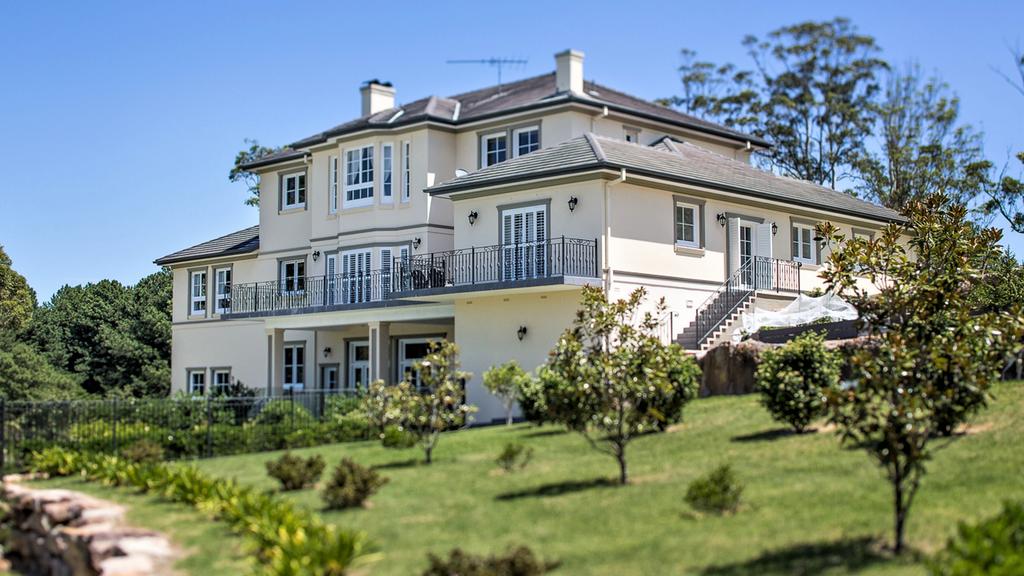
The 2.02ha Belvedere estate in Dural is the largest home in the area and is set to break the suburb record with its $13.8 million price guide.
A Sydney mega mansion with nearly 1000sqm of internal space is set to rewrite property records after coming up for sale.
The 2.02ha estate with resort-style facilities has six bedrooms, an imported European 72 light Swarovski Crystal Chandelier, a staircase that took a month to complete and rural views.
CoreLogic records reveal the Dural landholding has been owned by mining and construction equipment businessman Chris Jelen for 19 years, after he paid $714,000 for the block in 2001.
MORE: Inside Karl Stefanovic’s new waterfront mansion
2020s most popular homes show tastes are changing
Seller’s plan to get record low price backfires
The palatial estate has a $13.8m price guide and is for sale through Agency by Alison Coopes director Alison Coopes.
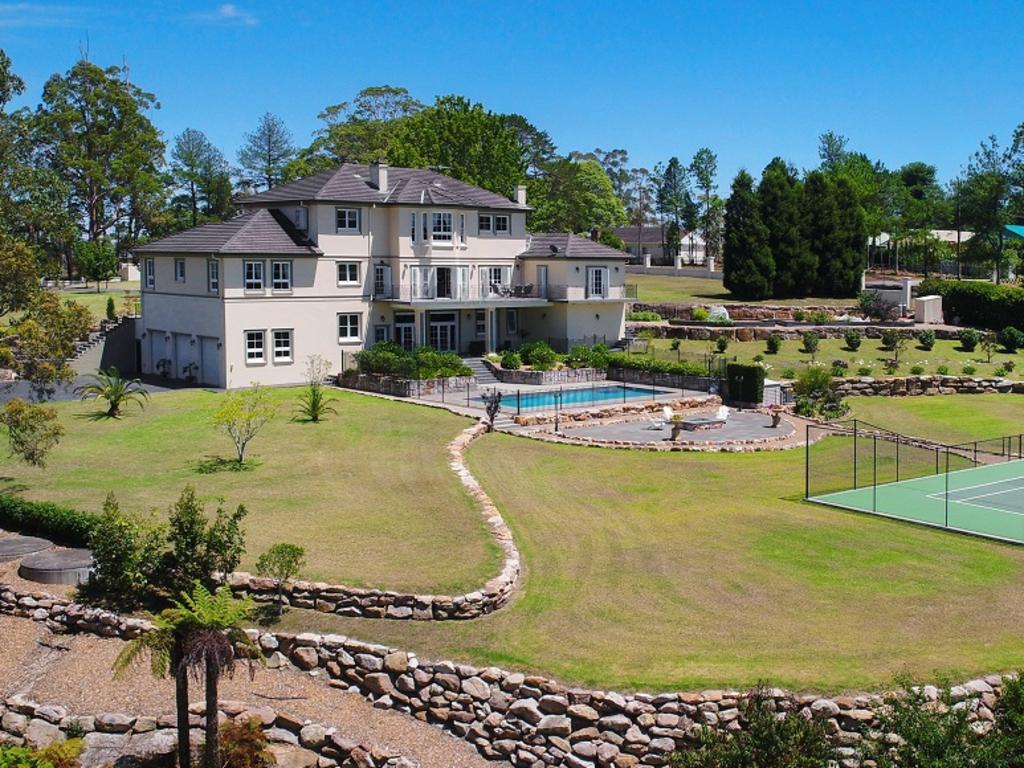
The epic estate sits on an elevated 2.02ha parcel.
A sale at this price point would see ‘Belvedere’ eclipse the current Dural suburb record by $2.95m, according to CoreLogic.
Completed in 2010, the Jelen family have spared no expense to construct the largest house in Dural with 974sqm of internal living.
The owners also spent $360,000 on iron fencing and gates, $60,000 on a fountain and fire pit area, and Ms Coopes estimates landscaping alone cost $500,000 and took two years to complete.
Belvedere is equipped with a tennis court, a swimming pool, rumpus room and bar, two spa baths and a seven-car garage. It is constructed with 360 cubic meters of concrete, 100,000 schooner bricks, custom Italian marble flooring and Georgian style Corbels.
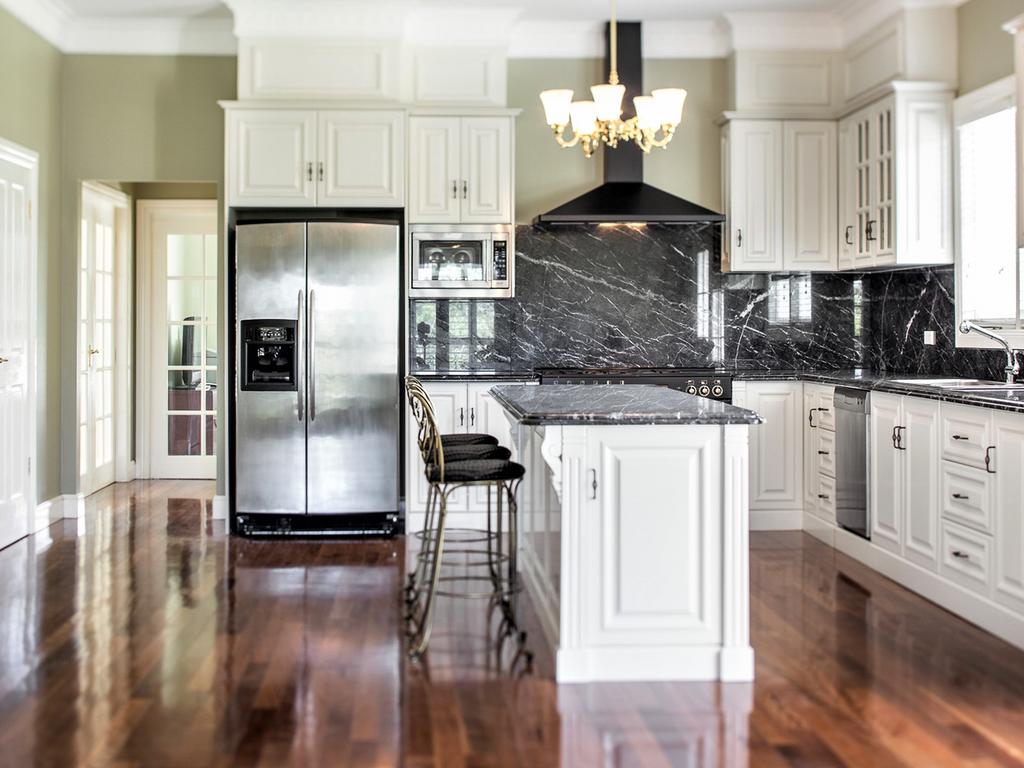
The kitchen has a marble splashback.
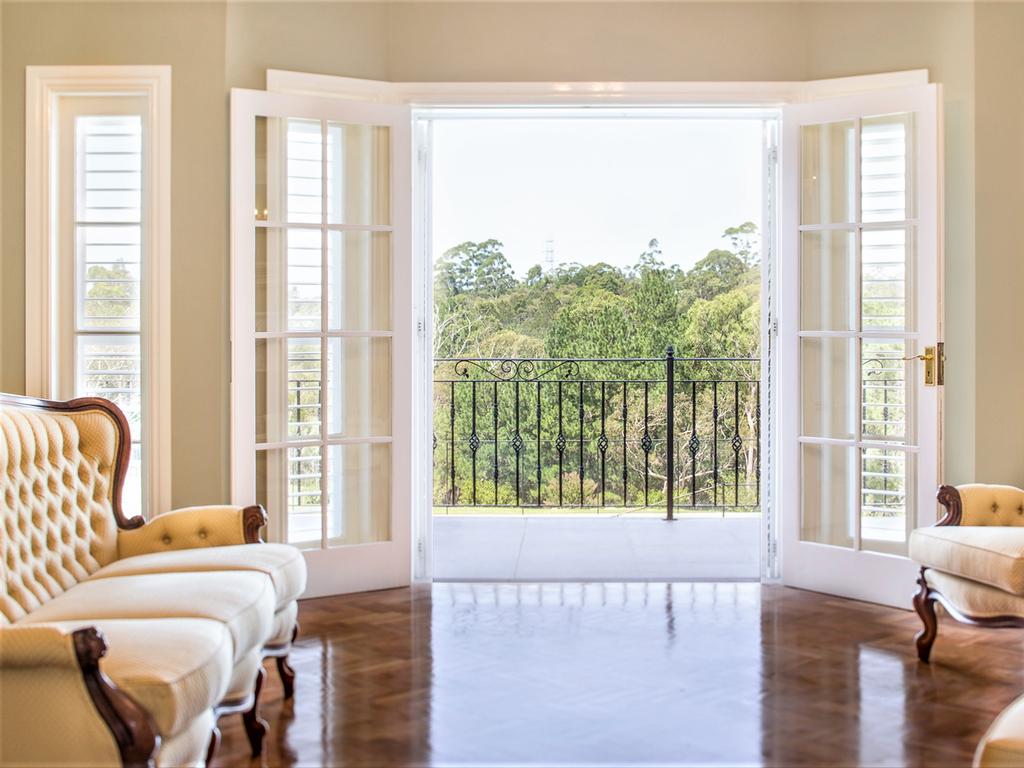
Many rooms have sweeping district views.
“The house has been built in such a way that it will never deteriorate and need to be structurally repaired,” Ms Coopes said.
The real estate agent said that apart from the quality, the property is unlike anything she has seen in the Hills before.
“It is unusual for a block of this size to have elevated views and not be affected by power lines or easements in the ‘Golden Triangle’,” she said.
Ms Coopes said the owners completed a renovation on the property five years after the build in 2015. Since the renovation, she said the family has only lived in a tiny section of the mansion on the lower ground.
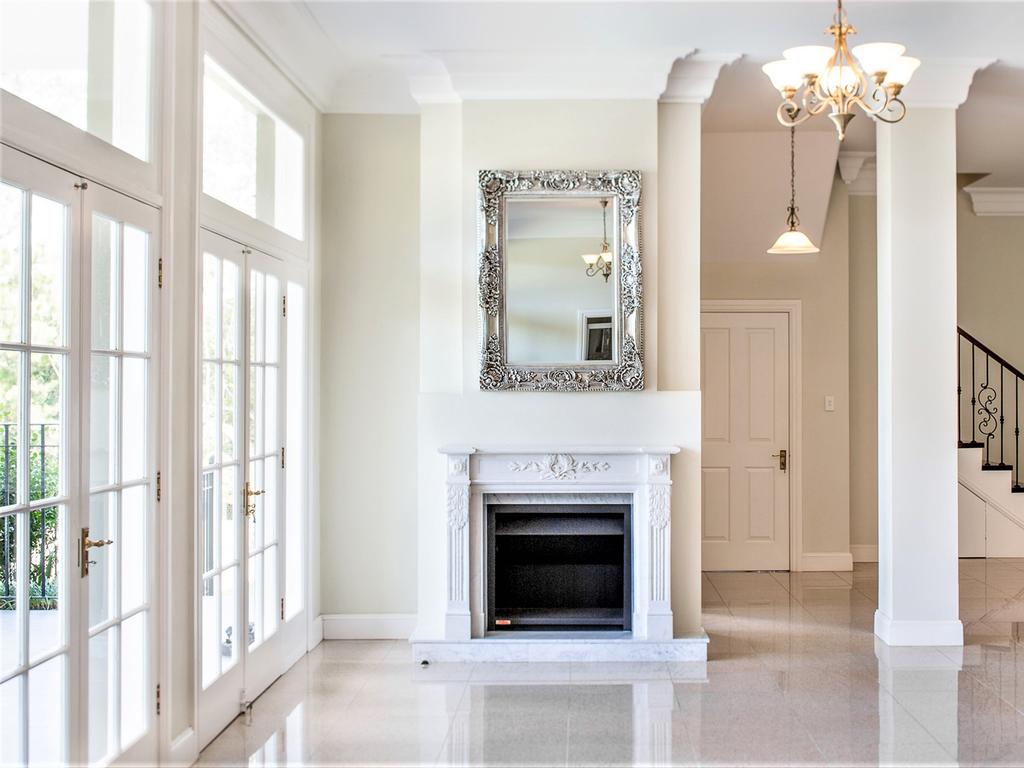
The palatial mansion has 974sqm of internal living.

There are several formal living and dining spaces.
“It feels brand new with most of the house having been unlived in,” she said.
The grandeur on the home is evident after entering the main foyer that has 6m ceilings with an imported European 72 light Swarovski Crystal Chandelier and a spiral staircase that took worker’s nearly a month to complete. All the bedrooms are oversized including the main, which features his and her walk-in wardrobes, a spa, bidet and shower jets.
Since launching to market last week, Ms Coopes has been inundated with inquires from buyers across Sydney including the Hills, north shore and eastern suburbs.
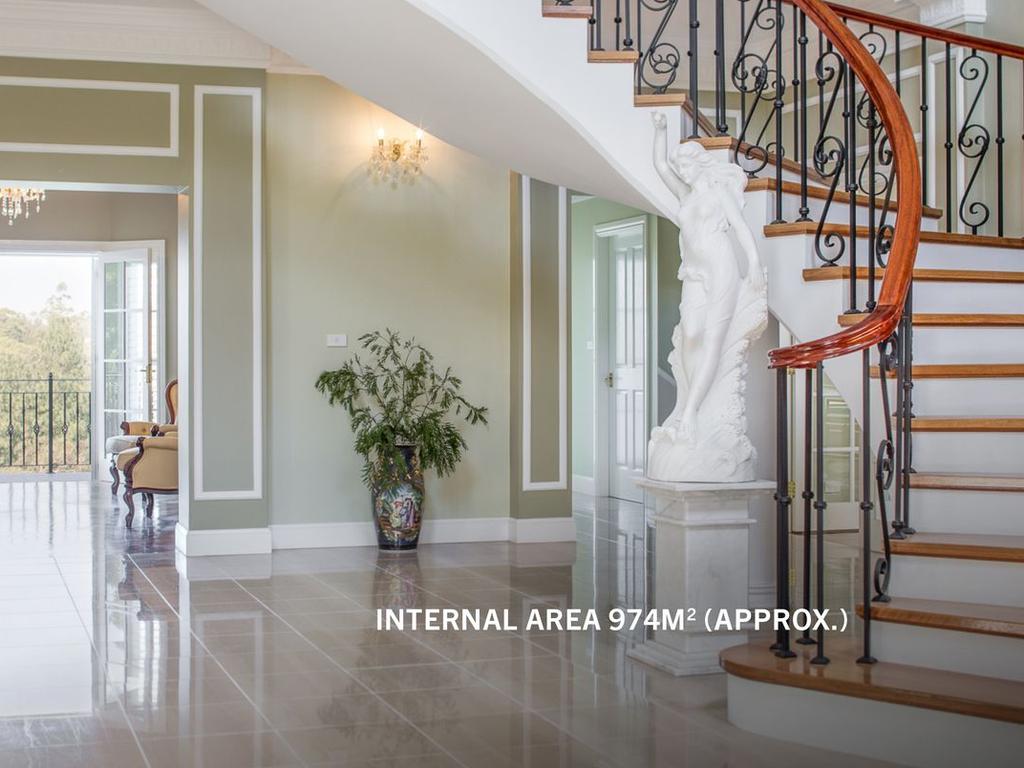
There are six bedrooms, five bathrooms and parking for seven cars.
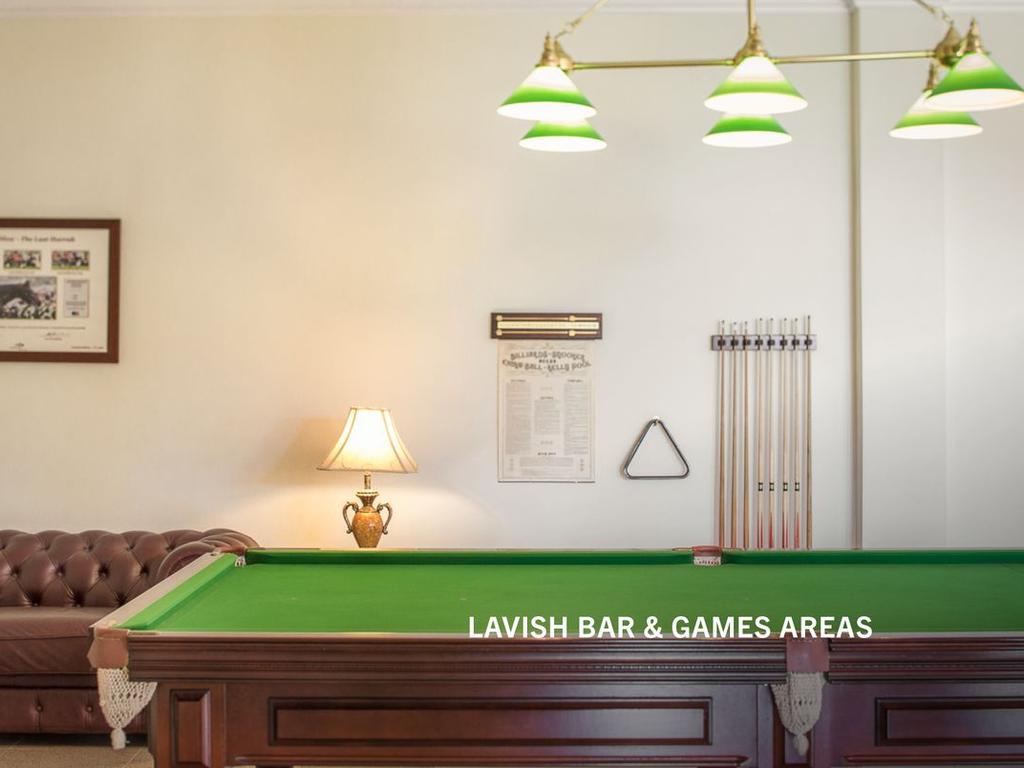
The property was built in 2010 and renovated in 2015.
She said while some buyers are looking to upgrade, many want the house as a weekender.
“A lot of buyers are looking to make a change and want a weekender that is no more than 40 minutes from the city,” she said.
The home also includes two driveways, a service access gate with staff carpark, a laundry with laundry chute from all three levels, a seven-car garage that could accommodate a car stacker and a gym that can be converted into a home cinema. The rumpus room includes a bar, wall mounted TV, high ceilings and an open wood fireplace with marble mantle.
SIGN UP FOR THE LATEST NSW REAL ESTATE NEWSLETTER
The post Businessman Chris Jelen’s Dural mansion with Swarovski Crystal chandelier set to break record appeared first on realestate.com.au.
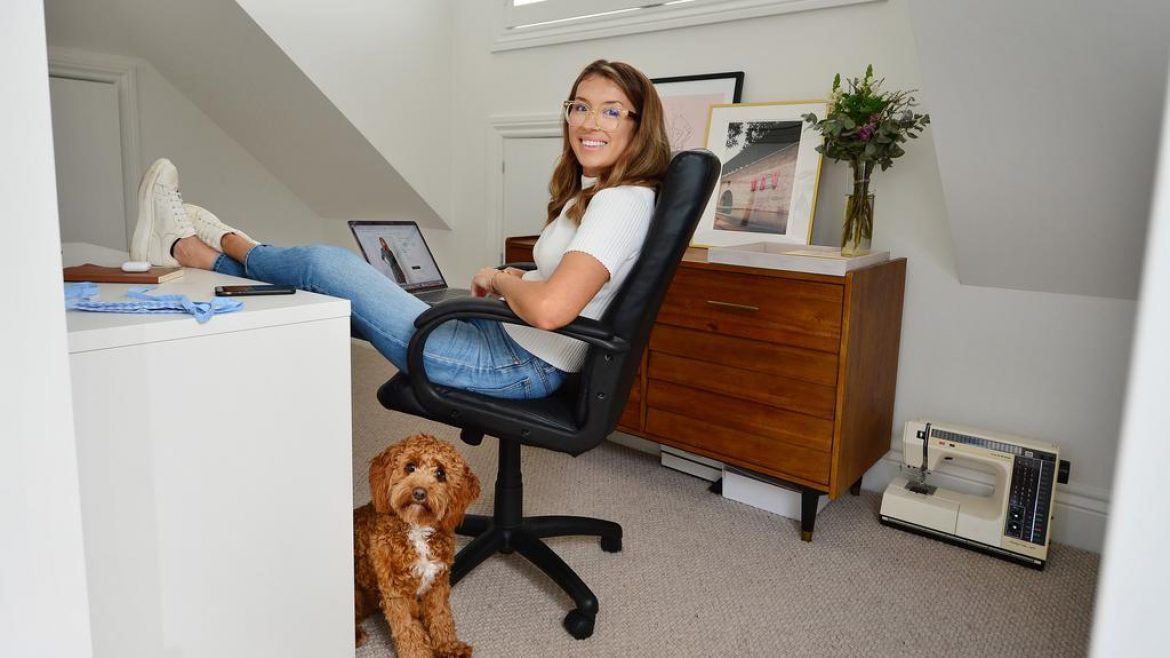
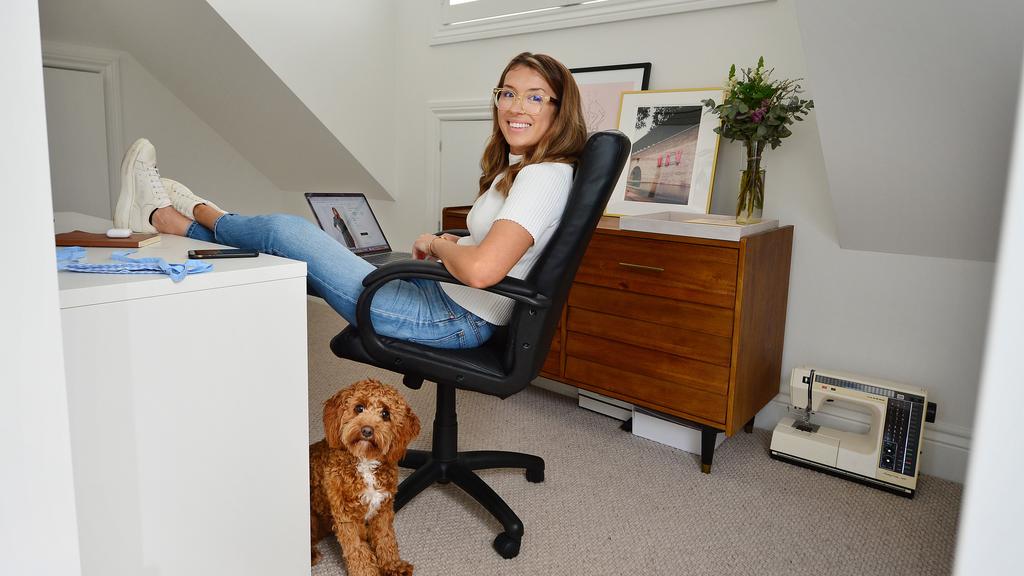
Working from home for people like Talia Thornton, (with dog Fenton) has changed house hunting forever. Picture: Nicki Connolly
First there was talk of first-home buyers and their smashed avocado on toast, now another breakfast analogy has been cooked up to explain the current state of the property market.
“If smashed avocado had anything to do with housing affordability over the last decade, scrambled eggs will be the dish of the 20s,” said Propertyology head of research, Simon Pressley.
MORE: Tree change comes with glamping, mini donkeys
Homebuyers rocked by lack of confidence
The buyers’ agent and researcher said the traditional “fried egg” town planning model – where CBDs are filled with office towers, retail and high-density apartments (the yolk) surrounded by an urban sprawl (the egg white) – is about to be “scrambled”.
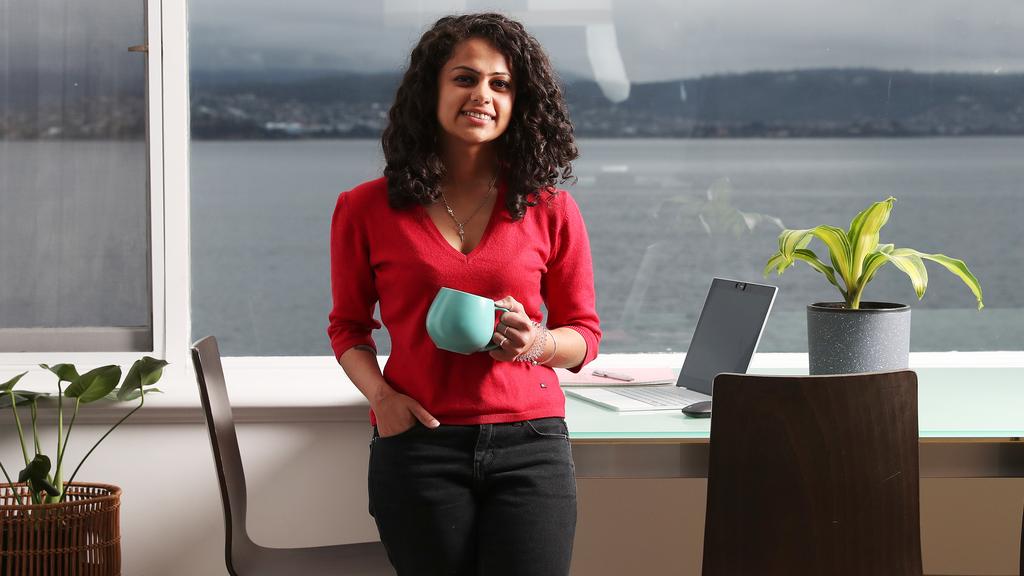
Working from home, for people such as Saumya Mehta of Hobart, is changing what they want from their lifestyle. Picture: Nikki Davis-Jones
The era of the smashed avocado, and its influence on property affordability appears to be over.
After six months of observing how COVID-19 has hit the real estate market, Propertyology came up with a number of property predictions.
“We’ll continue to live in a world of disruption until such time as a vaccine is available. But the disruption from this germ has been big enough and already lasted long enough for Australian real estate to have changed forever,” Mr Pressley said.
He said Australians are in the midst of re-evaluating their priorities.
“Before too long, there’ll be a big enough critical mass of people who will work and/or live at a different address to cause a structural shift in property markets,” he said.
“A germ does not diminish Australia’s total demand for shelter, but it will significantly influence where people choose to take shelter,” said Mr Pressley.
Knowledge-based employees and clerical workers have been able to test drive working from home and Mr Pressley said some may never want to go back to their office – or live near it.
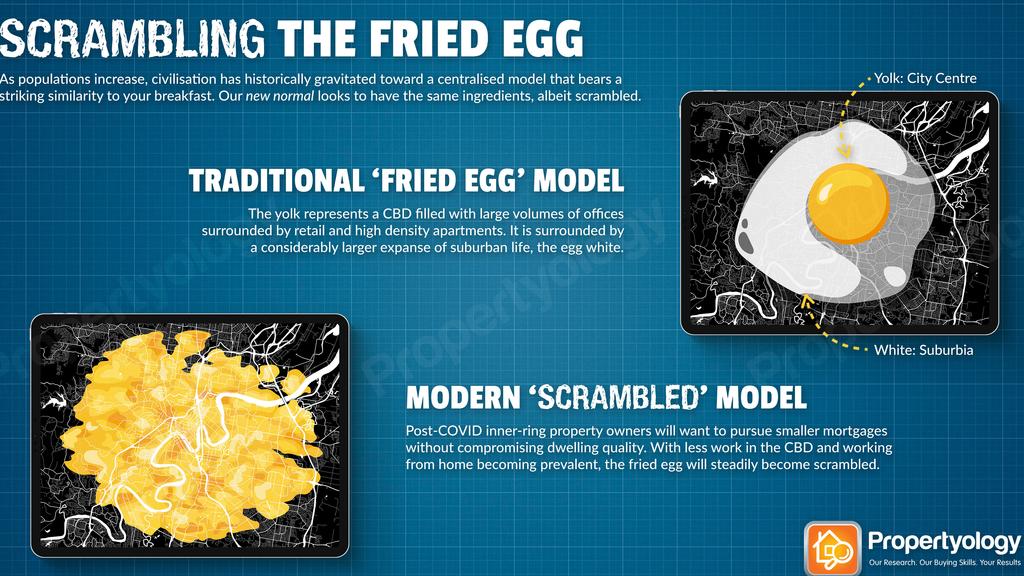
Real estate fried egg is scrambling according to Propertyology.
A new kind of demand
More manageable mortgages, low density locations (that are less susceptible to future lockdowns) regional lifestyle destinations, and working from home compatibility will be on buyers’ wish lists from now on according to Mr Pressley.
With that in mind COVID-19 was “the final nail in the coffin” for high-rise apartments.
“This asset class was increasingly problematic pre-COVID. And now the future is uncertain for workers in hotels, restaurants and hospitality – who normally service international visitors. Ditto, the airline industry and international students. Many of this demographic are part of the egg yolk, renting an inner-city apartment,” he said.
Conversely, he anticipates detached houses within affordable metropolitan suburbs and desirable regional locations will gain popularity.
“We will progressively see some of that yellow yolk blend into the egg white.”
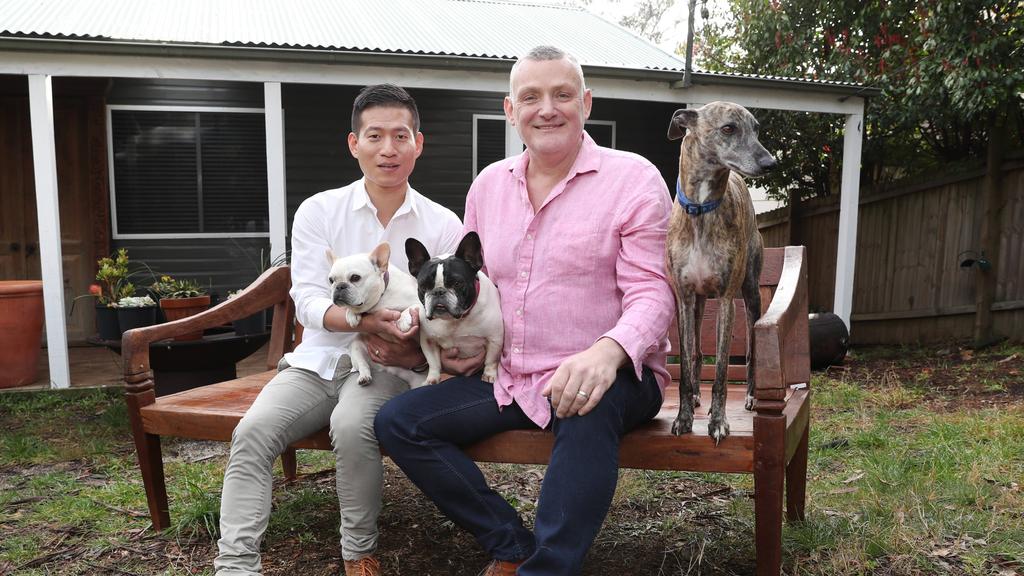
Chin-Chuan Lee and his partner Mark Barrett moved out of Sydney to The Blue Mountains, due to COVID-19. Picture: Richard Dobson
The decade of decentralisation
Social demographer, Mark McCrindle said the egg metaphor for our cities was apt.
“We call it the sprawl and crawl model, because the cities continue to sprawl, and then people crawl their way back into the CBD for work. It’s had obviously some inefficiencies from a time and investment perspective, which has led to ridiculously high-priced property in the CBDs and lower prices out there on the fringe,” he said.
“The employment model has been such that people have needed to spend a long time commuting into that yolk. There’ve been attempts to create, if you like, multiple ‘yolks’ in the egg to allow the population to have their ultimate goal of living, working, and playing close to where they live. It’s been trending that way slowly, but COVID has really transformed things.
“Multiple egg yolks are better than a single egg. It spreads the population and it leads to those 20 or 30-minute cities, and that’s great. But it’s not the complete solution.”

Leaving the city behind. Source: Propertyology.
The regionalisation of real estate
According to Mr Pressley, where we work and how much we earn has always had a huge influence on where we live.
“The impact of these property economics will affect a big enough critical mass to influence future property market performance. As always, there will be property market winners and losers associated with changing economic conditions,” he said.
He added that the pandemic may be the “elbow in the ribs” Australia needed to implement a decentralisation policy and see the birth of “regionalisation”.
MORE: Auction that proves regions are booming
Bizarre NASA bubble house gets world’s attention
Pressley predicts a new era of regionalisation is likely to produce about twenty low-density towns and cities that will benefit from significant internal migration.
“Just think about which Australian locations provide people with the lowest risk of future COVID lockdowns and the lowest risk of restricted lifestyles,” he said.
“Which locations have an economic profile with an industry mix that is conducive to this new world, thereby providing greater household income certainty? Where one can buy a good quality detached house in a location that offers plentiful open space and a manageable mortgage?”
It’s not just about the money
Managing the mortgage isn’t top priority for all Australians escaping the city according to Nerida Conisbee, chief economist for realestate.com.au.
“We’ve seen tonnes of searches for property outside the cities – and it’s not an affordability thing. Northern NSW is one very popular location and if you have a look at how expensive those areas in and around Byron Bay are, it’s high.,” she said.
While Ms Conisbee agreed the traditional town planning model does fit the fried egg analogy, she said she is not convinced the future looks scrambled.
“What we’re seeing now, is that more people are working from home. I think regional Australia will be a beneficiary of this. We’re already seeing very high search levels in regional areas, and I think that’s because some people have realised they don’t need to be in the city all the time. I’m not sure if it’s a scrambled egg, but yes, there will be more of a spread,” she said.
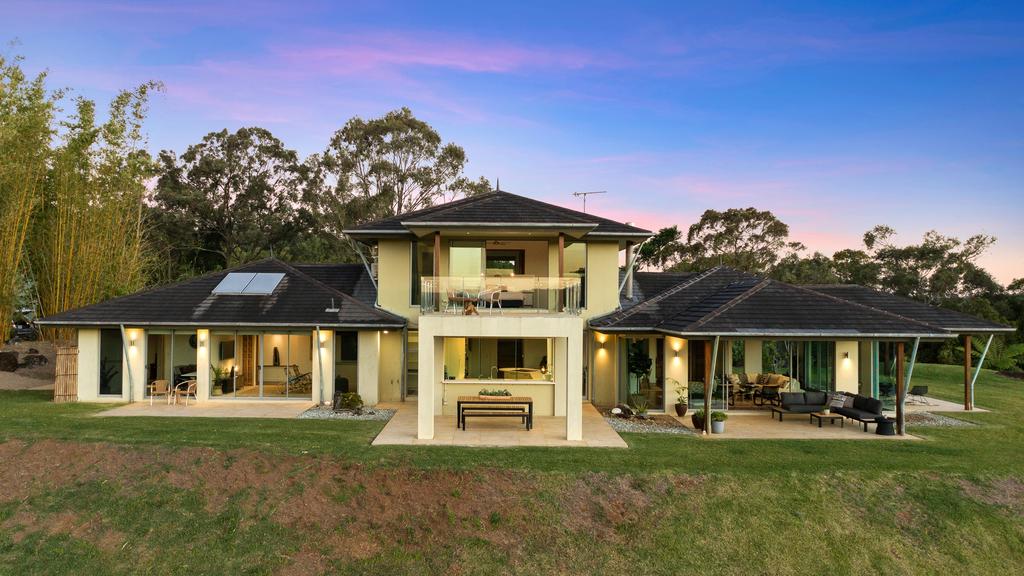
Interest in Byron, including the magical Crystal Estate, is booming.
Cities of the future
“We’ve decoupled work from location, and so now most work in a knowledge economy can be done regardless of location. That’s been the trend, but we should keep in mind that the CBDs will still be required and will thrive in the future,” Mr McCrindle said.
The inevitable change to our work set ups will have a domino effect on property prices.
“We’ll see regional areas and the outer ring suburbs do a lot better, because now we have decoupled work from location and reduced the commuting frequency. But workspaces will still required in the future,” he said.
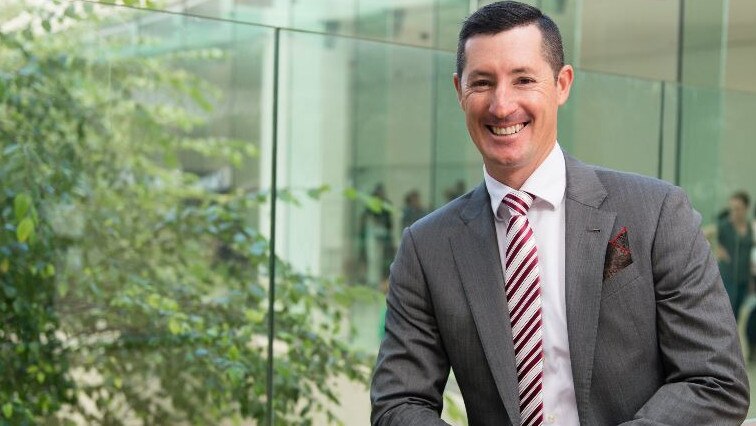
Fried eggs are yesterday’s real estate dish says Propertyology’s Simon Pressley.
“So someone in the outer ring of a city might only be commuting an hour and a half two days a week, not five. Or someone in a regional centre still might need to go to a city, but only a couple of days a week. That’s a game changer and therefore opens up regional and outer suburban living for a lot more people.”
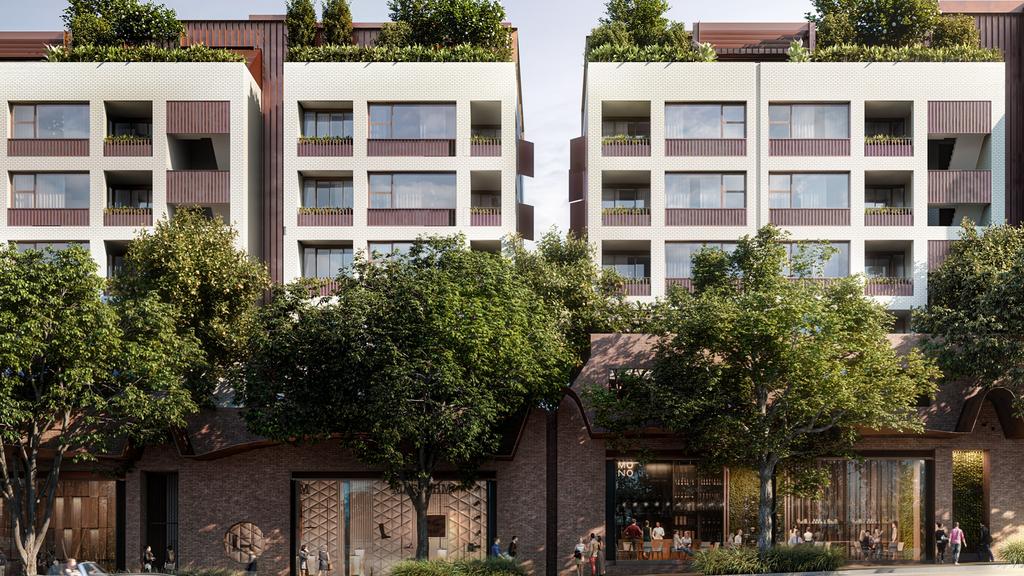
Quality inner city apartments such as Surry Hills Village, remain in high demand.
Where to next for units
Ms Conisbee warned we shouldn’t place inner city and suburban apartments in the same basket.
“It’s always been higher density properties in outer suburban areas that have struggled and I don’t think that will change. COVID has just made it even more challenging.
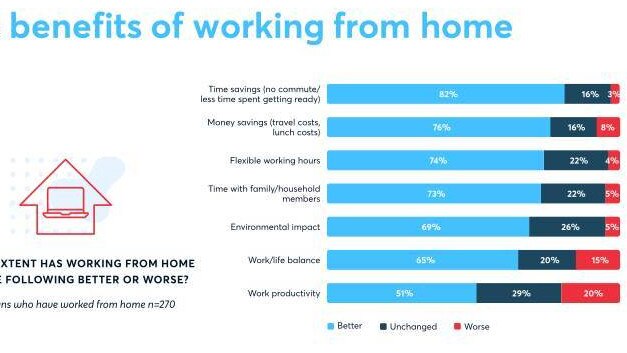
Benefits of working from home. Research from Propertyology and McCrindle.
“What people want is a bit more space and that’s showing in the search data,” she said.
But that doesn’t signal the death of all property within the inner city “yolk”.
“Working from home might still be a bit of a novelty for some, but I think people get a lot out of working with others, and being near other people in their industry, that won’t change,” she added.
MORE
: Gene Simmons kisses stunning LA home goodbye
How COVID-19 has changed homeowners
Mr McCrindle also said he didn’t see the final nail in the coffin for apartments.
“We still love detached homes, and townhouses, but we’ve had quite a few decades now of apartment living. The model has worked for a lot of people from a lifestyle perspective. Older Australians are loving apartment living,” he said.
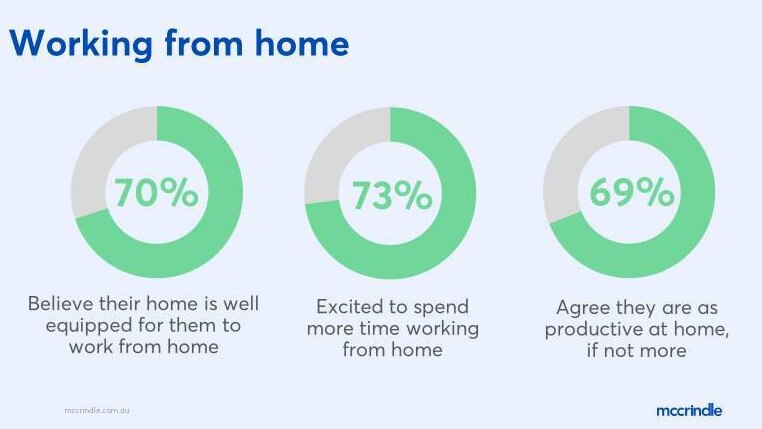
Working from home study by Propertyology and McCrindle.
“Walkable communities that we’ve liked for so long, the cafe and restaurant culture that surrounds these apartments or high density population areas is something Aussies love and that will bounce back after COVID.”
Ms Conisbee maintained there will always be a demand for city living.
“Our cities will recover, but it is going to be quite painful between now and that recovery, and that’s where we’ll start to see a bit more of a redistribution of people in that short to medium term. But longer term, there’s definitely still a place for our cities,” she said.
MORE: Why you may struggle to find a new home
The post How the Aussie property market has turned from smashed avo to scrambled eggs appeared first on realestate.com.au.
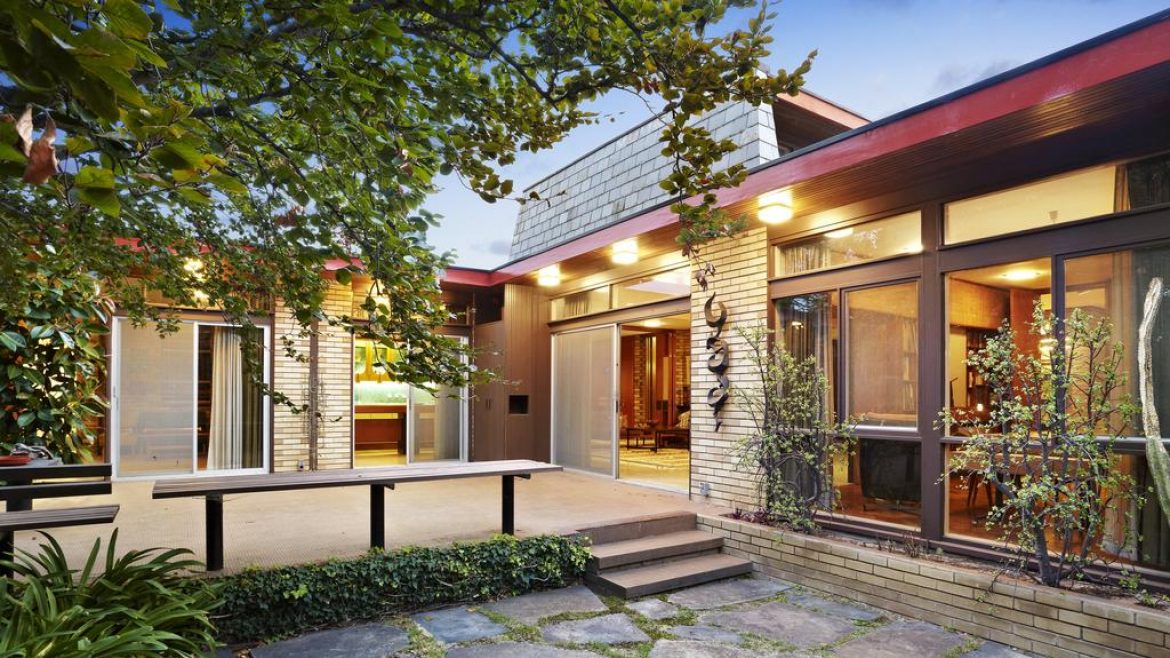
A mid-century gem once home to one of Australia’s leading post-war architects has hit the market in incredible original condition.
The Ernest Fooks 1964 creation at 32 Howitt Road, Caulfield North is for sale with a $4-$4.4m price guide.
Gary Peer Caulfield director Phillip Kingston said the three-bedroom property was built for Dr Fooks and his wife Noemi, who immigrated from Austria, via Canada, before World War II.
RELATED: Beaumaris Honeycomb House demolished, Robin Boyd original under threat
Mid-century homes: Lax heritage schemes endangering important part of our history
Caulfield North swinging ‘60s retro pad born out of global tragedy on market
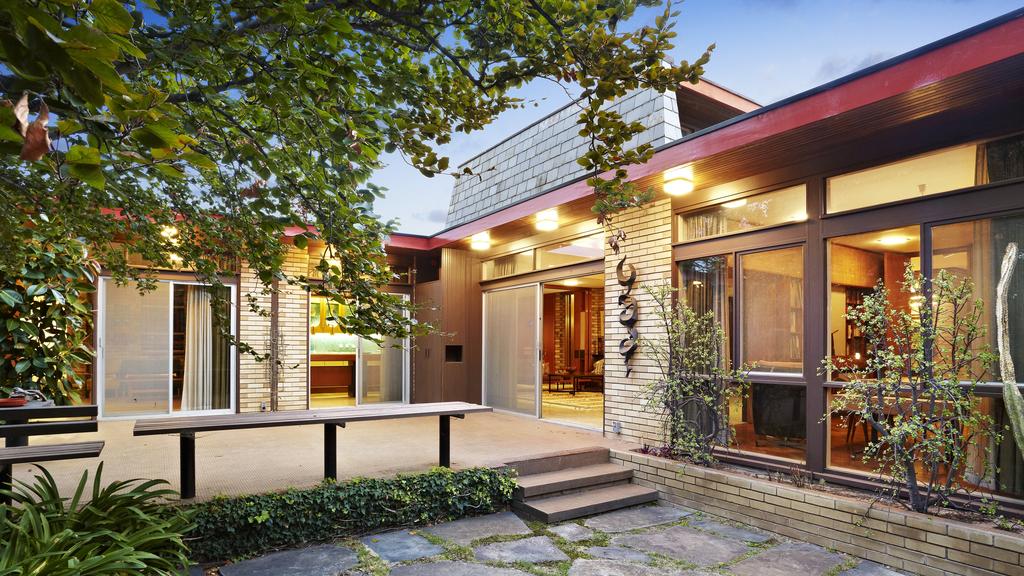
32 Howitt Road, Caulfield North is for sale.
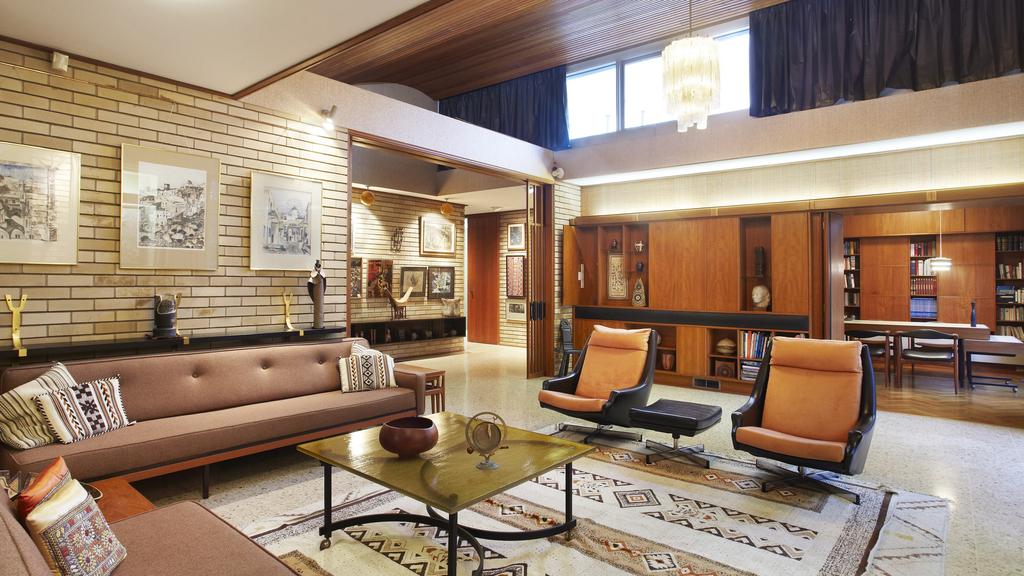
A curved ceiling in the living room is one of the most impressive features.
He said Fooks House had been the ultimate party pad for the couple, who owned the property until 2013.
“They never had children, so it was a home where they entertained in a huge way,” Mr Kingston said.
“Their time was spent was having friends over to this house and celebrating life.”

Dr Ernest Fooks created the house for himself and wife Noemi.
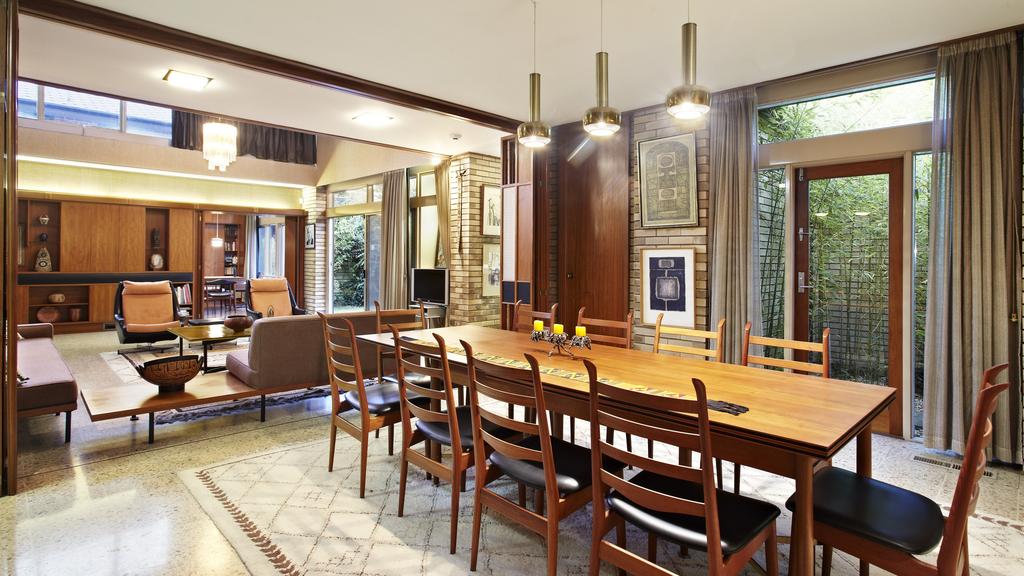
Original features remain completely intact.
Retro finishes include a colourful living room bar, curved wooden ceiling and bespoke brickwork both inside and outside the home.
Mr Kingston also noted a Japanese influence in the design, including its landscaped gardens and sliding doors.
“This is a visionary creation,” he said.
“Most modern interior designers and architects would kill to be able to create something like this.”
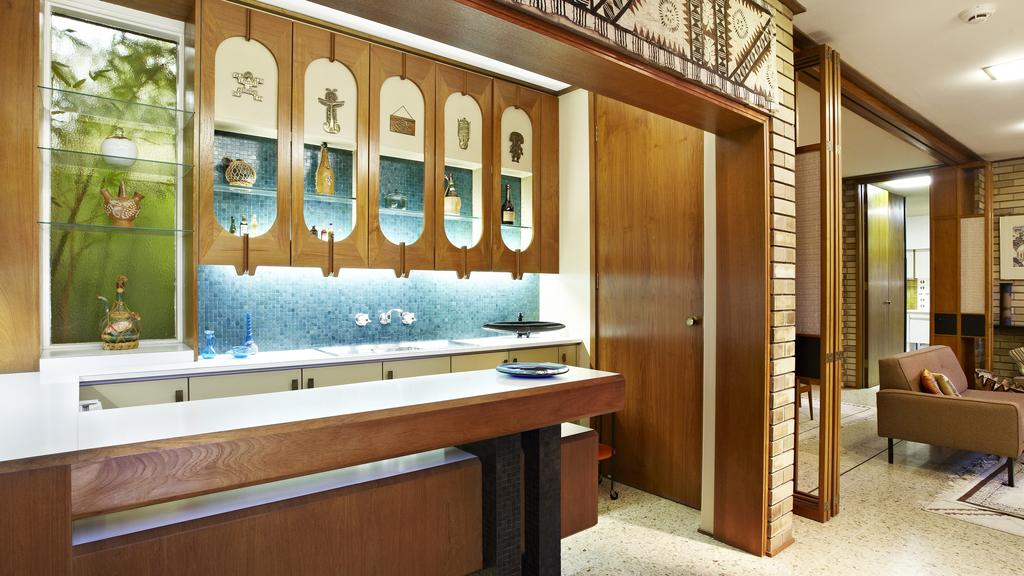
The ultimate bar for a house party.
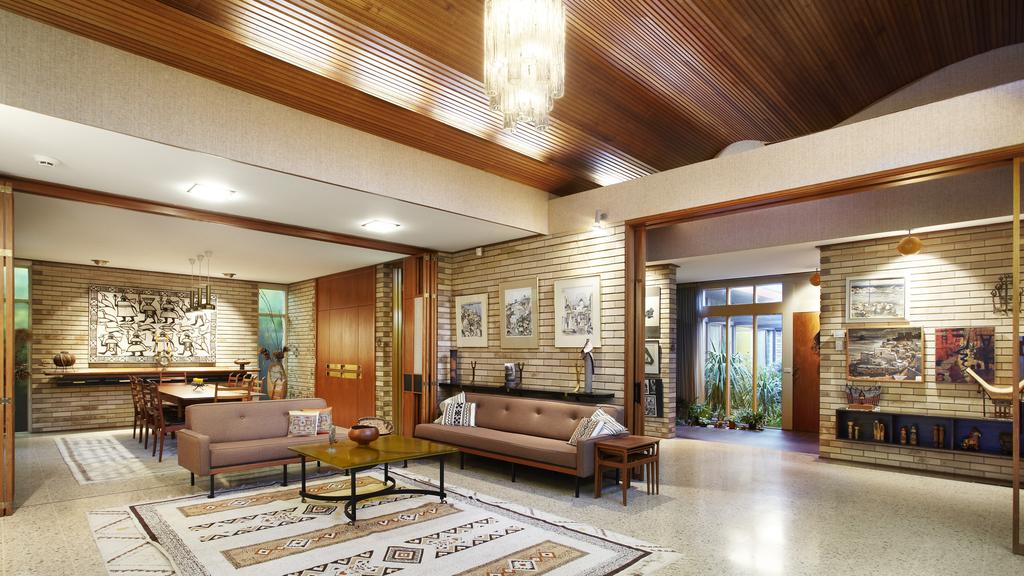
A large central living room.
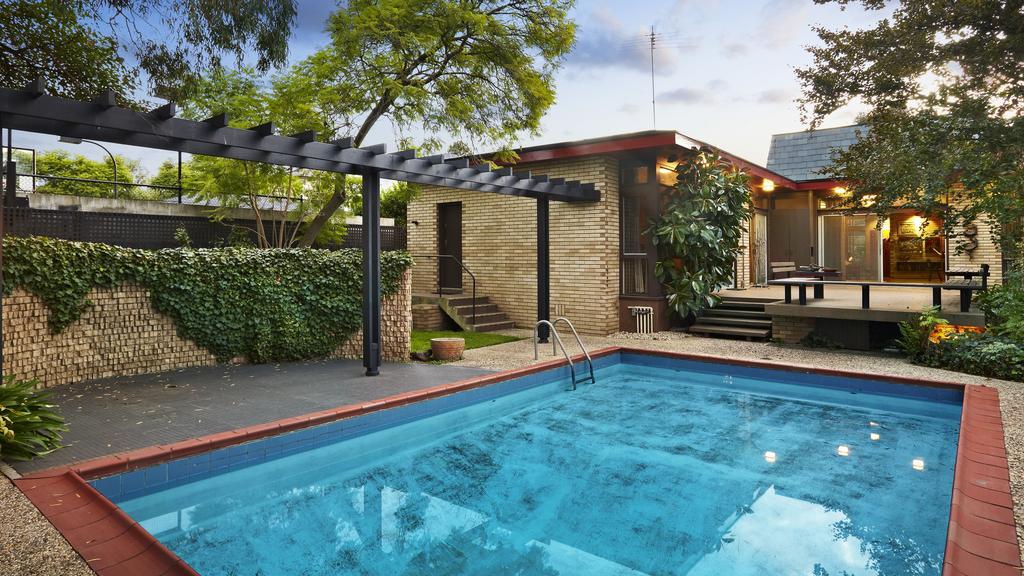
A pool in the large backyard adds extra appeal.
The 1092sq m block includes a large pool and is on one of Caulfield North’s most prestigious streets, he added.
Ms Fooks successfully secured National Trust heritage protection for the house in 2002, before she died a decade later aged 103.
In a Beaumaris Modern video by Trace Films, Ms Fooks said the house had always caught the attention of architecture enthusiasts.
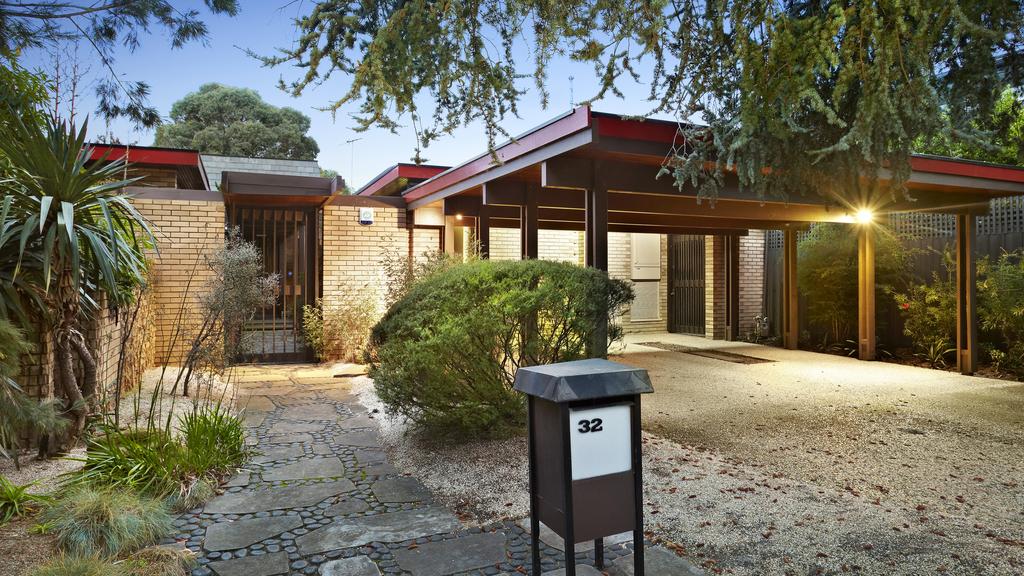
The property is on one of Caulfield North’s best streets.
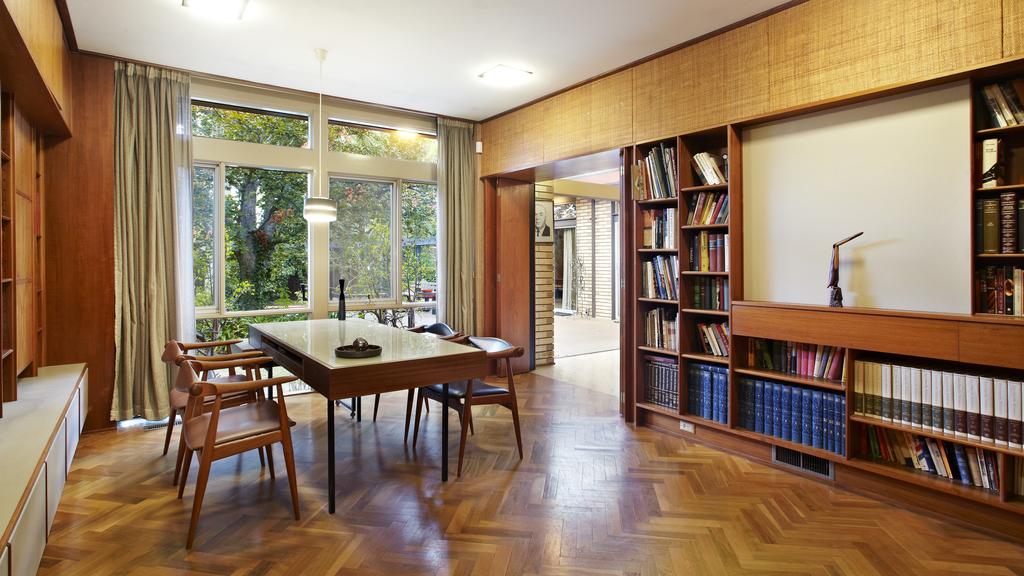
It’s for sale with a $4-$4.4m price guide.
“There is no maintenance required for this house,” Ms Fooks said.
“People think I’m crazy to live in such a big house on my own, but no work needs to be done.
“Every room has a function and access to the garden.”
It previously sold for $2.41m in 2013, according to CoreLogic.
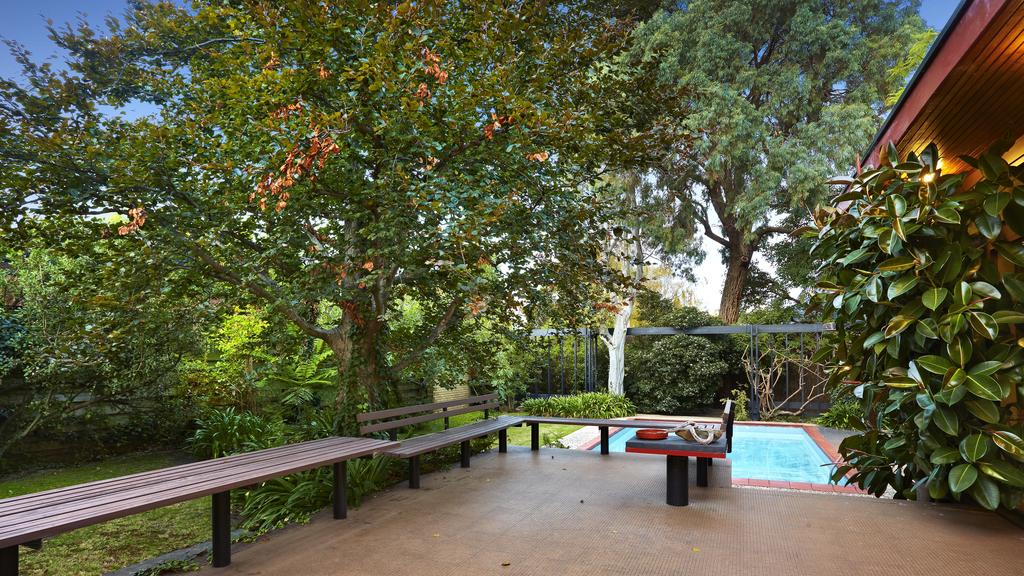
An outdoor area near the pool.
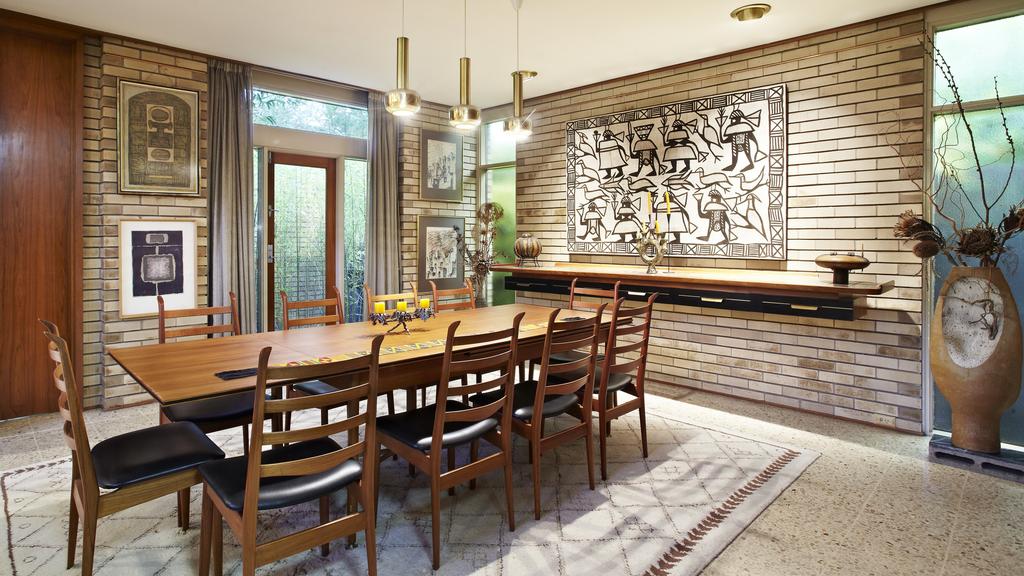
The property has been heritage listed by the National Trust.
While the home has remained in original condition since its last transaction, there are approved plans and permits for an extension, which add a second storey with another living room and three additional bedrooms.
“It would be a sympathetic addition to the rear, which does not impact the heritage listing,” Mr Kingston said.
“The owners were going to do the renovation, but their circumstances have changed so they are now passing the property on to its next owner.”
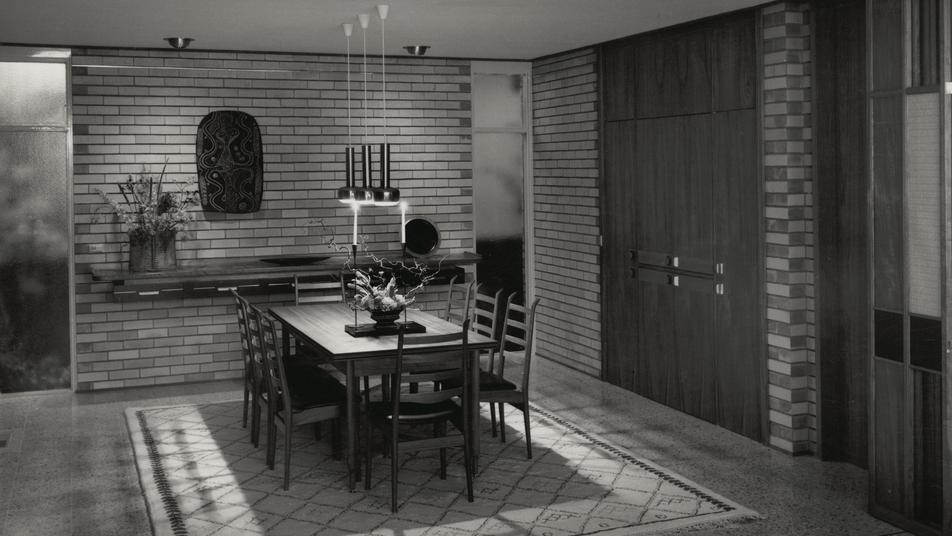
Historic photos of Fooks House. Picture: Supplied.
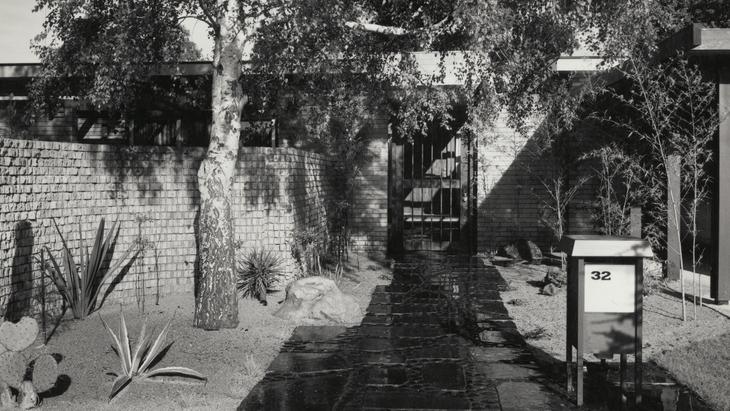
The house was built in 1964. Picture: Supplied.
A previous application to demolish the kitchen, which has survived five decades with most of its original features intact including a General Motors Holden Custom Deluxe frigidaire oven, was rejected by the National Trust.
Mr Kingston said the discreet campaign would be more broadly advertised once the ban on private inspections was eased.
READ MORE: Cudgewa church conversion: Faith in church resurrection pays off
Great Gatsby house, Balwyn North Art Deco design has Rivoli-inspired cinema
The post Fooks House: Caulfield North mid-century home of Dr Ernest Fooks for sale appeared first on realestate.com.au.
